The British Tanks of 1919
Before we move on further to the British Tanks of the Inter-war Decades, a quick review of the state of the art in tank design as of 1919 is in order. Driven by the exigencies of war, development had been rapid and the tanks of 1919 were, as with aircraft, a far cry from their ancestors of only a couple of years earlier. At the same time, the Tank Corps had begun to develop specialized models to accompany the tanks – a Troop Carrier had been designed and built and with the realization that tanks might successfully breakthrough far enough to move beyond their immediate artillery support, a tracked artillery carrier was developed mounting a 60-pounder gun with its wheels removed. Bridging tanks were also built, as were mine-clearing tanks.
Possibly one of the most important tactical improvements towards the end of WW1 was the mounting of radio sets in tanks to send reports from the forward edge of the battle to headquarters in the rear with unheard of speed. Radio reporting from the front had been almost impossible until then – hardly surprising when a “portable” British radio set required nine men to carry it, together with the batteries needed. It could also only transmit messages using morse code and required extensive aerials. Installed in tanks, they proved on the whole unreliable as they had never been designed to withstand the shocks of riding in an unspring vehicle going cross-country. It would however be ten more years before a reliable voice radio would come into practical use.The impact of tanks on the battlefield had already, by the end of WW1, begun to bring mobility back and armoured cars once again made their presence felt. Indeed, in the Battle of Amiens in August 1918, it was Austin armoured cars running free on roads after the breakthrough which scored the most resounding success in the exploitation.
At the end of WW1, the British Tank Corps was in the process of bringing into service large numbers of new machines, the Mk VIII heavy tank, the Mk IX troop carrier, the rather faster Medium B’s and C’s and some of the rather more radical D’s. A brief description of each of these follows.
The Mk VIII Heavy Tank
The Mk VIII Heavy Tank was an Anglo-American tank design intended to overcome the limitations of the earlier British designs and be a collaborative effort to equip France, the UK and the US with a single heavy tank design. The Mark VIII kept many of the general features of the Mark I-V series: it had their typical high track run and no revolving turret but two sponsons, one on each side of the tank, armed with a 6-pounder (57 mm) gun. But it also resembled the Mark VI-project in that it had more rounded and wider tracks and a large superstructure on top directly beneath the front of which the driver was seated. An innovative feature was the departure from the concept of the box tank with its single space into which all accessories, machinery and equipment were crammed.
The Mark VIII was compartimentalised with a separate engine room at the back. This vastly improved fighting conditions as a bulkhead protected the crew against the deafening engine noise, noxious fumes and heat. There were no machine guns in the sponsons, only the 6-pounders each manned by a gunner and loader. The side machine guns were to the rear of the sponsons mounted in the hull doors. Major Alden had designed the sponsons to be retractable (they could be swung in at the rear by the crew, being pivoted at the front), to reduce the width of the vehicle if enemy obstacles were encountered. Five more machine guns were in the superstructure: two at the front—left and right next to the driver—and one on each of the other sides. As there was no machine gun position covering the back of the tank there was a dead angle vulnerable to infantry attack. To solve this problem a triangular steel deflector plate was attached. The rear superstructure machine gunner could use it to deflect his fire down into that area behind the tank.
The tank carried 208 shells and 13,848 machine gun rounds, mostly in a large ammunition locker in the centre which formed a platform on which the commander stood behind the driver observing the battlefield through a cupola with four vision slits. The twelfth crew member was the mechanic, seated next to the 300 hp Liberty V-12 (or in British tanks Ricardo V-12) petrol engine) cooled by a large horizontal radiator Three armoured fuel tanks at the rear held 200 Imperial gallons (240 US gallons, or 909 litres) of fuel giving a range of 89 km. The transmission used a planetary gearbox giving two speeds in either forward or reverse. Top speed was 5.25 mph (8 km/h). To improve its trench crossing ability to 4.88 m the vehicle had a very elongated shape. The track length was 34 ft 2 in (10.42 m) but even though the hull width was an impressive nominal 3.76 m, the actual length-width ratio of the tracks was very poor as that width included the sponsons. Combined with wide tracks it proved difficult to turn the tank. During testing many tracks twisted and broke in a turn and it was decided to use longer, stronger 13.25 inch (337 mm) links made of hardened cast armour plate, stiffened by webs formed by recesses in the track plate.
Another effect of the narrow hull was that the fighting compartment was also very narrow. This was made worse by the fact that now the gap between the double track frames at each side was very wide; earlier types had only the tracks themselves widened. Nevertheless the tank was supposed to accommodate another twenty infantry men in full gear if necessary. In absolute terms the vehicle was very large: at 10 ft 3 in (3.13 m) tall the Mark VIII was the second largest operational tank in history, after the Char 2C. However its weight was only 38.3 long tons (38.9 t)[3] fitted for battle as the armour plate was thin with a thickness of 16 mm on the front and sides—a slight improvement over the Mark V but very thin by later standards. The roof and bottom of the hull were protected by only 6 mm thick armour plate, leaving the tank very vulnerable to mortar shells and landmines.
In the event, there were major delays in manufacturing the Mk VIII. The US built 100 for $35,000 each. The British built 7 and a further 24 were completed from parts after the war. Five were sent to the training centre at Bovington in Dorset, the others went straight to the scrap dealer. A MK VIII Liberty tank survives at Fort Meade in Maryland. The tank is displayed in the Post Museum and was made in 1920 at the Rock Island Arsenal, Illinois. A second American Mk VII Liberty tank is in the National Armor and Cavalry Museum at Fort Benning, Georgia; her interior has extensive damage from water/rust, plans are in place to restore her. A single British Mk VIII survives at the Bovington Tank Museum in Dorset.
The Mk IX Troop Carrier
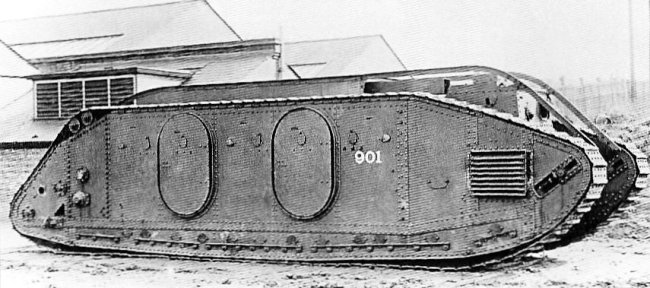
The Mark IX, designed to be a infantry supply vehicle rather than a fighting machine in September 1917
The Mk IX Troop Carrier tank was a British armoured fighting vehicle and possibly the world’s first specialised armoured personnel carrier (APC). During the first actions with tanks it became clear that often infantry could not keep up with the tanks; not because soldiers were too slow – the early tanks themselves could only move at a walking pace – but because of enemy machine gun fire, the reason that tanks were invented in the first place. Often positions gained at very great cost would immediately be lost again for lack of infantry to consolidate. At first it was thought this problem could be solved by cramming a few infantry soldiers into each tank. It soon transpired however that the atmosphere quality in the tanks was so poor that infantry, if not losing consciousness outright, would at least be incapacitated for about an hour after leaving the tank, merely to recover from the noxious fumes.
In the summer of 1917, Lieutenant G.R. Rackham was ordered to design an armoured vehicle specifically for troop transport. As there was no time for a completely new design, the Mark IX was based on the Mark V, with the hull lengthened to 9.73 m. The 150 hp Ricardo engine was moved to the front, the gearbox to the back and the suspension girders left out entirely. This created an inner space 4 metres long and 2.45 m wide, enough room for thirty (officially even fifty) soldiers or ten tons of cargo. To ensure sufficient stiffness for the chassis, the floor was reinforced by heavy transverse girders. The infantry inside had to contend with the control rods for the gears running along the roof and the drive shaft through the middle. No seats were provided for them. The crew proper consisted of a driver sitting on the left and a commander sitting to the right of him (the first time for a British tank, showing adaptation to the traffic conditions in France), a mechanic and a machine gunner who could man a gun in a hatch at the back. A second machine gun was fitted in the front. Along each side of the hull were eight loopholes, through which the soldiers could fire their rifles, making the Mark IX also the world’s first Infantry Fighting Vehicle.
Two of the loopholes were in the two oval side doors on each side. Despite using thinner (10 mm) armour plate, the weight was still 27 tons and the speed only 4 mph (7 km/h). The tank could also carry supplies in a tray on the roof behind the commander’s armoured observation turret (being the highest point at 2.64 metres), while towing up to three loaded sledges. Rackham tried to improve internal conditions by putting a large silencer on the roof together with ventilation fans; there was no separate engine room however. Because of this lack of compartmentalisation it is questionable whether the project reached its original goal of designing a vehicle capable of delivering a squad of infantry in fighting condition. Thirty Four in total were built and were used for some years after the war. One of the first three was used as an armoured ambulance.
One other was rebuilt as an amphibious tank by the staff of the test base at Dollis Hill. It already had large bulk; this was improved by fitting drums at the front and sides. Long wooden boards were attached to the track links but at one side of the board only; as they reached the curve of the track they would project out propelling the tank through the water. Pictures were made of a floating tank in Hendon Reservoir at 11 November 1918, the very day of the Armistice. A single Mark IX survives at the Bovington Tank Museum in Dorset.
The Medium Mark B
The Medium Mark B was a British tank of the First World War developed as a successor to the Mark A “Whippet”. The original Mark I tank had been designed in 1915 by Army engineering officer Lieutenant Walter G. Wilson together with the industrialist Sir William Tritton. However, when Tritton decided to build the Medium Mark A “Whippet”, Wilson was left out and Tritton’s chief engineer, William Rigby, was used instead. The Whippet was a successful design and proved effective but suffered from a lack of power, complex steering and unsprung suspension. Wilson, now a Major, decided he could develop a better tank as replacement: this became the ‘Medium Tank Mark B’.
Wilson probably started drawing in July 1917. Major Philip Johnson of the Central Tank Workshops, was impressed when he was shown a wooden mock-up during a visit to Britain in late 1917. The prototype was built by Tritton’s firm, the Metropolitan Carriage and Waggon Company, and was finished in September 1918. The design by Wilson had elements of both the Mark I and the Whippet: the similar but smaller tracked rhomboid chassis of the former and the fixed turret of the latter. A novel feature was a separate compartment at the rear housing the 100 hp (75 kW) engine and behind it the epicyclic transmission. Two fuel tanks at the back held 85 imperial gallons (386 L) of petrol. Other innovations were the ability to lay a smoke screen and the use of sloped armour at the front of the hull. Armament consisted of a maximum of five machine guns in the superstructure and two in the side doors. These hull doors looked a bit like miniature sponsons.
The machine guns were removable and in practice fewer guns would have been carried, the machine-gunner moving his gun when switching position; most sources give an estimate of four. An initial production run of 450 Medium B’s was ordered even before the prototype was finished and this number was later increased to 700, to be manufactured at North British Locomotive in Glasgow, at the Metropolitan Ordnance Works in Coventry and by the Patent Shaft and Axletree Company. Almost immediately after having been taken into use, the type fell from grace for two reasons. Firstly the engine compartment couldn’t easily be accessed from the fighting compartment. Repair under fire would therefore have been very dangerous. Secondly, Tritton had constructed a rival type: the Medium Mark C “Hornet”. The “C” had superior speed and trench crossing abilities. The end of the war led to cancellation of all orders after 102 had been produced from the first order for 450. Of these, only 45 were taken into service by the British Army, the remaining 57 probably went straight to the scrapyard.
After the war, the type was quickly phased out in favour of the Mark C. Two Medium B’s were used by the North Russian Tank Detachment. Both were lost and the Red Army used at least one until the Thirties (The Russian white armies used tanks – at least 62 Mk.V , 17 Mk.A , 3 Mk.B , 21 Renault FT’s ) in the Russian Civilian War (1918..20). Of these, the Red Army captured 59 Mk.V, 17 Mk.A, 1 Mk.B and 14 Renault FTs. The Poles in turn captured 7 Renault FT’s from the Red Army in the fighting of 1920. The last British unit to have the Mark B in service was the 17th (Armoured Car) Battalion during the Anglo-Irish War.
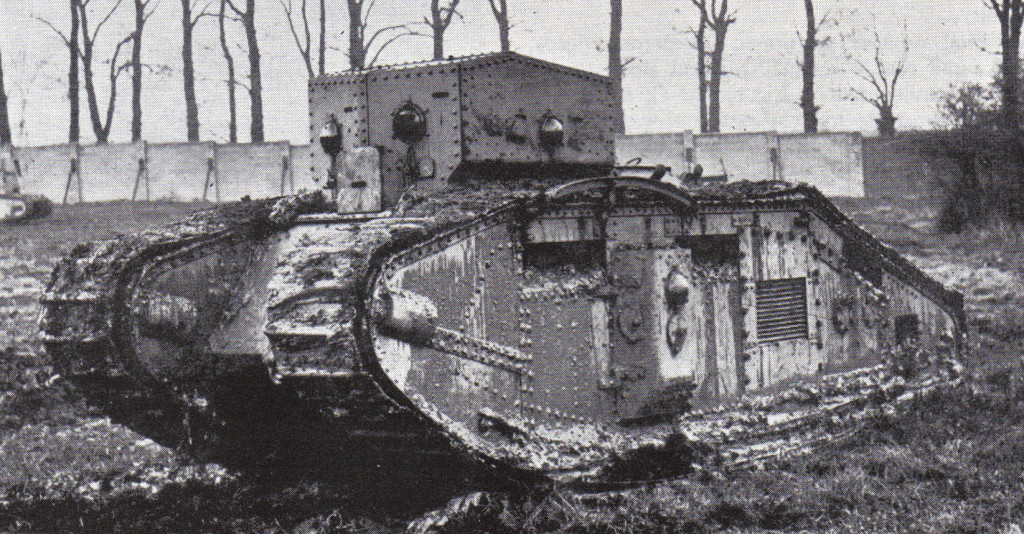
British Medium Mk B Tank. The machine guns are missing from their mounts in the superstructure and in the projecting doors on the sides
Medium Mark C “Hornet”
As soon as he became aware of Wilson’s intentions to design the Medium Mark C, Tritton ordered his chief designer, William Rigby, to design a rival type which became known as the Medium Mark C. The drawings were approved by the British Army on 19 April 1918. The prototype was finished in August, a few weeks before construction of the Medium B prototype also (also at Tritton’s factory). An initial orider for 200 was soon increased to 600, all to be produced by William Foster & Co Ltd at Lincoln with Armlet & Wortley as subcontractor. The colloquial name of the tank was to be “Hornet”, but it seems this was never used. Superficially, the Medium C looked a lot like its rival, the Medium B. It had the same general rhomboid shape of the Mark I and later heavy tanks combined with a fixed Casemate, well forward, fitted with ball-mounts for five machine guns. However, the Medium Mark C was a much longer vehicle than the B.
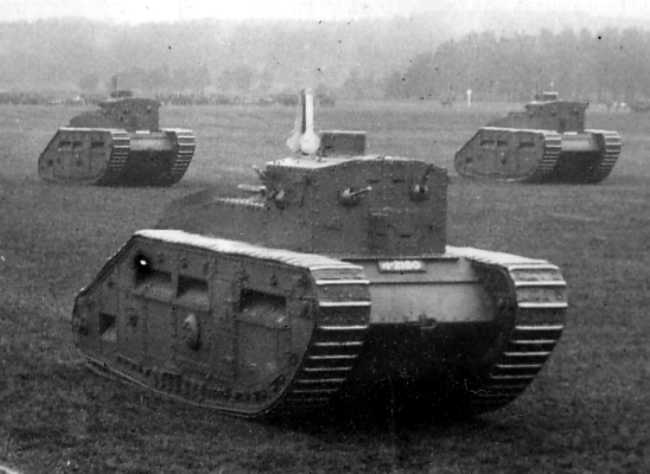
Closeup of a Medium C. Note the semaphore flags for signaling on the top of the cupola of the lead tank.
It too had a separate engine compartment at the back like the Medium B, but here it was large enough to house a normal 6-cylinder Ricardo engine behind a standard epicyclic transmission. Also, the engine compartment was easily accessible from the fighting compartment. The larger engine meant the tank had a better speed (about 8 mph (13 km/h). The greater length gave it a superior trench crossing ability. A fuel tank holding 150 imp gal (680 l) of petrol allowed for a range of 140 mi (230 km). Mobility was, overall, much better than that of the Medium B. Rigby also improved the design’s ergonomics. The commander had a special revolving lookout turret and even a small map table. There were eleven vision slits. Special stowage boxes were fitted for the personal gear of the four-man crew. Speaking-tubes were used to improve communication and the driver even had an odometer.
The Tank Corps hoped to receive no less than 6,000 Medium C’s in 1919, a third of which were to be a “Male” version with a long six-pounder gun in the front of the superstructure. Though drawings were prepared, nothing would come of this. When the war ended, all orders were cancelled with only 36 Medium C’s nearly finished. These were completed together with fourteen others built from preproduced parts for a total production run of fifty. General J.F.C. Fuller considered switching the budget for the development of the Medium D to complete additional Medium C’s so as to fully equip all peace time tank battalions with this better tank, but decided against it. Only the 2nd Tank Battalion would have the Medium C tank.
As the most modern of the Tank Corps tanks, it was carefully kept from harm: no Medium C’s were sent either with the Expeditionary Forces fighting against the Bolsheviks in Russia or to Ireland for use in the Anglo-Irish War. However, the only tanks that participated in the 1919 victory parade were four Medium C’s. The only “action” the Medium C tanks ever saw was putting down labour unrest in Glasgow, following the rioting known as the Battle of George Square, in 1919. From 1925 on, the Medium C was gradually replaced by the Medium Mark I and Medium Mark II. Proposals to use Medium C’s as recovery vehicles were rejected. A single vehicle was used to test a new type of transmission. In 1940, the last remaining Medium C was melted down.
Medium Mark D
Perhaps the tank that offered the best prospects at the end of WW1 was the British Medium Mark D, designed by Lieutenant-Colonel Johnson, an engineer whose fascination with mechanical problems is exemplified by the “snake track” he designed. Johnson’s work put Britain far ahead in the field of tank technology, where steering and suspension were the least developed aspects of tank design.The Medium D was a versatile design with a smooth sprung ride far in advance of any other tracked fighting vehicle at the same time. Powered by a single 240hp engine with a top speed of 23 mph, it was also capable of over double the speed of concurrent tank designs –lightening fast compared to its contemporaries. Design work started in October 1918 and only a mock-up was finished by the time WW1 ended. Its great strength was its speed and reliability. The new track types would have greatly enhanced battlegield mobility and reliability
There is some debate about the numbers of prototypes built – some say four prototypes; “A New Excalibur” says five tanks were built; Wikipedia says two production tanks were delivered in 1921. These may well be a combination of the Medium D and subsequent Light Infantry, Tropical and Supply Tanks for which prototypes were designed and built in 1921 based on the Medium D design. One sources states that the Light Infantry Tank version was capable of 30mph. The prototypes used various engines, including the Siddeley Puma engine (claimed to be 300hp in the medium D version, up from 240hp before). Photos of the Medium D however clearly show two silencers on the engine deck, one each side – not very likely on a straight six, and surely indicative of the 360hp Rolls-Royce Eagle V12 aero engine mentioned in other sources. The quoted weights are also rather light, ranging from 14 to 15 tons instead of twenty. Unlike the Medium A, which had a fixed casemate, the Mark D looked at the new French tanks for inspiration and mounted an octagonal revolving turret armed with a 57mm Maxim-Nordenfeld quick fire gun and a Vickers .303 machinegun on top of the hull, making it ideal to engage other armour. The Medium D carried a crew of 4.
British Tanks through the 1920’s and 1930’s
At a time when most soldiers regarded the tank as a specialized infantry-support weapon for crossing trenches, a significant number of officers in the British Army’s Royal Tank Corps had gone on to envision a much broader role for mechanized units. In May 1918, Colonel J.F.C. Fuller, the acknowledged father of tank doctrine, had used the example of German infiltration tactics to refine what he called “Plan 1919”. This was an elaborate concept for a large-scale armoured offensive by the British Army in 1919.
The British Army’s interest in tanks post-WWI was for fast, lightly armoured, mobile vehicles – the light and medium (or “cruiser”) tanks – tasked with reconnaissance and constabulary-type colonial roles, with cheapness the major design factor. Through the 1920’s, this resulted in a line of light tanks being built for the British Army by Vickers-Armstrong, with the first being the Vickers Light Tank Mark I.
In 1920 the British Army planned to acquire a Light Infantry Tank. Colonel Johnson of the Tank Design Department derived the design for such a type from the Medium Mark D. In competition, Vickers built the Vickers Light Tank but the project was abandoned in 1922 in favour of a generally more conventional design: the Vickers Light Tank Mark I,renamed the Vickers Medium Tank Mark I in 1924. The first prototypes were sent to Bovington for trial in 1923. The Medium Mark I replaced some of the Mark V heavy tanks; and some 200 served in the Royal Tank Regiments, being phased out only in 1938. The Medium Mark I was the first tank to see “mass” production following WW1 and represented most of the world’s tank production during the 1920’s.
The Vickers Medium Mark I
After the First World War, Britain disbanded most of its tank units leaving only five tank battalions equipped with the Mark V and the Medium Mark C. At first a large budget was made available for tank design but this was all spent on the failed development of the Medium Mark D. In 1920 the Infantry had plans to acquire a Light Infantry Tank. Colonel Johnson of the Tank Design Department derived such a type from the Medium Mark D. In competition Vickers built the Vickers Light Tank. Vickers were not conspicuously interested in tanks – they had made none during the Great War and no big orders were expected. Nevertheless, the post-war arms market being somewhat limited, they set up a small staff and determined to see what they could do.
The design office was set up in Sheffield, where the team produced plans for the tank starting from scratch. Due in large part to the first post-war economic recession, their design reflected a stringent frugality, although the Vickers design was still reminiscent of the Great War types. It had a high, lozenge-shaped, track frame with side doors but it also showed some improvements. There was a fully revolving turret and the suspension was sprung by vertical helical springs, while the Medium Mark C still had a fixed turret and was unsprung. The Vickers Light Tank was much smaller than the Medium C at just seven feet high and weighing only 8.5 short tons. It was driven by a separately compartmented 86 hp engine through an advanced hydraulic Williams-Jenney transmission, allowing infinitely variable turn cycles.
When the government design bureau, the Tank Design Department, was closed in 1923 any direct official involvement in tank development was terminated. However, Vickers-Armstrong company went ahead and built two prototypes in 1921. The first prototype was a “Female” version with three Hotchkiss machine guns; the second prototype was a “Male” which had a 3-pounder gun in place of one of the machine guns and also a machine gun for anti-aircraft use. It looked far closer to a modern tank than its predecessors with the turret, the front of the fighting compartment and the hull front plate all strongly rounded. The advanced transmission proved to be utterly unreliable however and the project was abandoned in 1922 in favour of a generally more conventional design, the Vickers Light Tank Mark I. This would be renamed the Vickers Medium Tank Mark I in 1924. The first prototypes were sent to Bovington for trial in 1923. The Vickers designation was A2E1.
Despite being in general more conventional, in one aspect the Medium Mark I looked rather modern: instead of a high track run it possessed a low and flat suspension system with five bogies, each having a pair of small double wheels. The axles of these were too weakly constructed; as Major-General N.W. Duncan put it in his Medium Marks I-III: “(…) a perpetual nuisance. The axles were continually breaking and the path of the Mark I tanks was littered with discarded wheels”. This was cured by switching to a “box bogie” in 1931. To ease repairs the suspension was not protected by an armoured covering. There were two vertical helical springs of unequal length in each of the five bogie casings attached to the hull. In front and behind the normal ten road wheel pairs, there was a tension wheel pair. Ground pressure was very high, even though at 11.7 long tons the vehicle was not very heavy for its size.
The engine was an air-cooled 90 hp Armstrong Siddeley engine derived from an aircraft type. Surprisingly the engine and transmission was distributed throughout the hull – with the engine to the left of the driver, the gearbox underneath the commander and final drive at the rear, which Duncan describes as “an unbelievable retrograde step in view of war-time experience”. The Medium Mark B and the Mark VIII had introduced compartmentalisation to reduce the debilitating effects of engine noise and fumes on the crew. However with the Medium Mark I considerations of ease of maintenance took precedence.
The engine drove, via a multiple dry-plate clutch, a four-speed gearbox. It had no synchromesh and switching between gears without excessive noise was a challenge to the driver. A propeller shaft connected the gearbox to a bevel box at the end of the tank which divided the power to a separate epicyclic gear for each track. These gears automatically provided extra emergency torsion to the normal first and second gear if the vehicle suddenly slowed down due to an obstacle or soft ground. The petrol tanks were at the very rear of the hull, so the fuel lines had to run along the whole length of the vehicle, pumping fuel to a secondary tank that fed the engine by gravity. The engine was lubricated and partially cooled by oil; leakage was common and the original four-gallon reservoir had to be replaced by a 13.5 one. The tank could be electrically started, but only if the motor was already warm, so the first start had to be done by hand from the inside of the vehicle. Maximum speed was about 15 mph and the range about 120 miles (although Captain Liddell Hart has written that it could actually travel at nearer to 30mph).
There was a cylindrical beveled turret on top of the hull that carried a “Quick Firing” (shell and cartridge in one complete round) three-pounder gun (47 mm calibre) and four ball mountings for Hotchkiss machine guns. A novel, unique feature was a three-man turret. This meant that commander was not distracted with performing either the loader’s or gunner’s tasks and could fully concentrate on maintaining situational awareness. In this respect the design of the Medium Mk I was important since it established a turret layout that encouraged teamwork by improvements in manual efficiency as well as enhancing morale in action. This gave a huge potential combat advantage, but went largely unnoticed at the time. Other manufacturer’s tanks did not have this capability until the German Panzer III was developed in 1937. The practical importance of this feature is signified by the fact that later in World War II, most of both sides tanks’ designs either quickly switched to the three-man turret, or were abandoned as obsolete. There was no co-axial machine gun. There was only room to operate one machine gun from the turret; normally one gun was switched between the respective mountings as the guns were removable. The turret machine gunner doubled as main gun loader. In each side of the hull was a Vickers machine gun. There was one gunner to operate these, he also functioned as the mechanic.
The shape of the Mark I Medium hull was very distinctive. The back was a simple armoured box; the front plate was high and perfectly vertical. Between them, from the armoured hood of the driver at the right of the vehicle six armour plates fanned out to the left, making for a complex hull geometry on that side. All in all the Vickers Medium Mk I tank gave an impression of being ungainly and squat. The crew of five was only poorly protected by 6.25 mm plating, rivetted to the chassis, barely enough to counter the threat posed by light machine guns (and indeed, thinner than the WW1 tanks, some models of which had not been bullet proof to the detriment of their crews). With its many shot traps the vehicle was unable to withstand even anti-tank rifle fire and it had a high profile. The internal lay-out worsened this vulnerability as the petrol tanks were inside the main compartment.
The Medium Mark I was the first tank to see “mass” production since last tanks of the Great War were completed. No foreign orders were placed for the Medium Mark I, although apparently half a dozen went to Australia). It was in fact so well built that few replacements were needed. These British Mediums represented most of the world tank production during the 1920’s. They never fired a shot in anger and their performance in a real battle can only be speculated upon but as the only modern tanks in existence in the decade after the First World War they provided the British with a unique opportunity to test the many new ideas about mechanised warfare using real operational units. This opportunity was exercised only grudgingly.
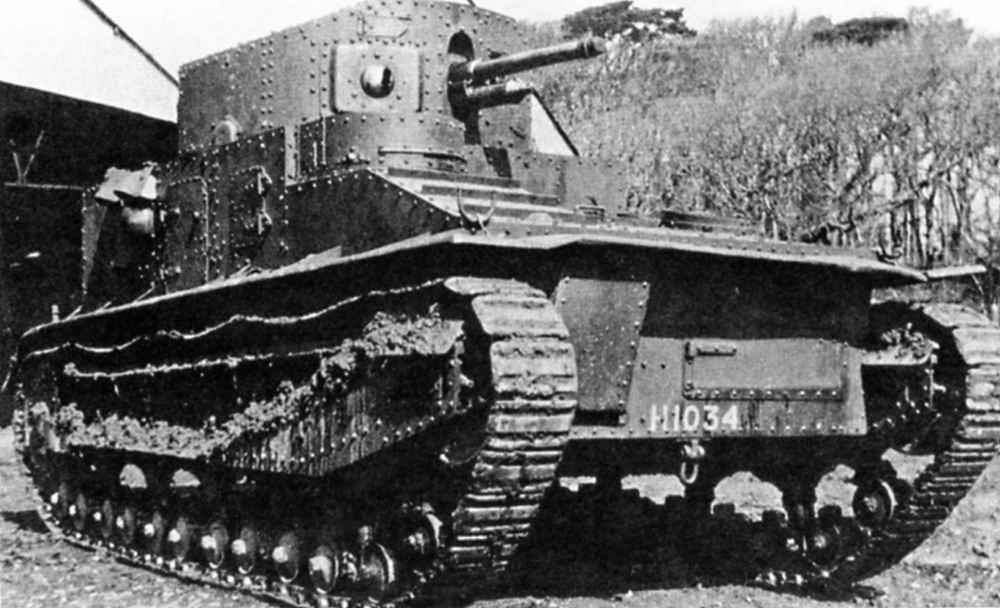
Vickers Medium Mk I and II were outdated by the time the outbreak of ww2 and was used as trainers. A few were used in North Africa.
The Vickers Medium Mk II
The Medium Mk I’s successor, the Vickers Medium Mark II, was derived directly from the Mk I and was intended to replace the last of the WW1-era Medium Mark Cs still in use. Production and rebuilding ran from 1925 until 1934, with the Mk II phased out of service from 1939. The Mark II used the same chassis, suspension and transmission as the Medium Mark I but had a new superstructure. It featured several improvements over the Vickers Mark I, among them a higher superstructure with the driver’s vizor on top of it instead of in front of it; an improved suspension protected by armour skirts; and Rackham clutches, providing a primitive form of mechanical servo-control. Due to a slightly higher weight its rated speed was somewhat slower than that of the Medium Mark I, at 13 mph compared to 15 mph.
It had a fully rotating turret on top of the hull, but also mounted a dual-use 3-pounder gun (firing both high-explosive and anti-tank shells) with a coaxial machine gun. Other improvements included thicker armor, better driver vison, and armor skirting that provided protection for the suspension. The back of the turret had a slope so that the machine gun there could be used against aircraft.
The Mk II weighed 12 tons, carried a crew of 5 and was powered by a 90hp Armstrong Siddeley V-8 engine, with a range of 193 kms. Armour varied from 6.25 to 8mm and was riveted, with armoured skirting also providing protection for the suspension. A number of variants were built (the list below is not exhaustive, I’ve omitted a few irrelevant variants such as tropical tanks, one-of prototypes, etc.). A total of 167 Mk II’s were delivered between 1926 and 1929, although mnay were also rebuilt and improved on through the 1930’s:
- Mk II – the original version, of which one hundred were built
- Mk II* – Fifty-six of the same vehicles with the Hotchkiss machine guns removed, a coaxial Vickers machine gun added and the commander’s post shifted somewhat further back as in the original position he had been in a very real danger of being hit in the stomach by spent shells ejected by the main gun’s breech block;
- Mk IIA – Twenty vehicles newly built in 1930
- Mk II** – in 1932 the remaining 44 Mark II’s were brought to Mark II* standard; in addition a wireless set was fitted in an armoured container at the back of the turret. the weight rose to 13.5 short tons
- Mk IIA CS – some Mark IIAs were later rebuilt as close support vehicles, their main armament replaced by a 15-pounder 3.7 inch mortar, mainly intended to give smoke cover, though some HE shells were also carried. Each company headquarters was equipped with two of these vehicles. The weight was increased to 14 tons.
- Mk D – the Vickers Mk. D was a one-off design built for the Irish Free State and delivered in 1929. It had a more powerful, water cooled, rear mounted, 6-cylinder Sunbeam Amazon petrol engine, developing 170 bhp at 2100 rpm. A 6 pdr gun was fitted and as many as 4 Vickers .303 machine guns. The tank was scrapped in 1940.
- Mk II Box Tank – This was a single command tank, converted from a Medium II in 1928, by removing the turret from the fighting compartment and fitting a large rectangular superstructure. Its only armament was a single machine gun in a ball mounting in the front of that armoured box. Two radio sets were fitted: a short range set for tactical communication and a long range one to contact higher levels. The Box tank was first used by a battalion commander and from 1931 by the Brigade Commander.
- Birch Gun: three prototypes built between 1926 and 1929 of a self-propelled gun for the experiments then conducted in the field of mechanised warfare. The Mark I had the Ordnance QF 18 pounder, The Mark II chassis was lengthened and fitted with an 75 mm gun on a mounting capable of high elevations.
The Vickers A1E1 Independent
The Vickers Independent A1E1 was a multi-turreted tank designed by the British armaments manufacturer Vickers in the early 1920’s. One of the most famous tanks never produced in the world, the Independent caused a stir everywhere. Not only were nations envious and wanted one of their own for prestige, but it caused panic with money conscious politicians, and a research in battlefield tactics. The idea of this tank was a coupling of heavy firepower, the ability to defend, and a total dominance of the area within it’s range. Although it only ever reached the prototype stage and only one was ever built it would influence many other tank designs and is thus worthy of mention.
The A1E1 design can be seen as a possible influence on the Soviet T-100 and T-28 tanks, the German Neubaufahrzeug tanks, and the British Medium Mk III and Cruiser Mk I (triple turret) tank designs. The tank was the subject of industrial and political espionage, the plans ending up in the Soviet Union, where they may have influenced the design of the T-28 and T-35 tanks (the T-35 in particular was based extremely closely on its plans and layout). Norman Baillie-Stewart, a British military officer, was court-martialled in 1933 and served five years in prison for providing the plans of the Independent (among other secrets) to a German contact. Which in fact is an interesting little story all of its own which I shall relate below.
In 1924 the General Staff of the British Army ordered the prototype of a heavy tank, which became known as the Independent. The Design Team was headed by Sir George Buckham, who had been with Vickers since 1895, with much of the design completed by Walter Gordon Wilson along with three relatively junior Tank Corps officers, Major Darwell and Captains Busk and Bloomer, from whom most of the ideas came. Its 35.8 litre V12 350hp air-cooled engine was designed by Armstrong Siddeley, and it also incorporated a new hydraulic braking system which had to be specially developed due to its weight and speed. The prototype was delivered to the War Office in 1926, but was abandoned due to a lack of funds.
The Independent was a multi-turret design, having a central gun turret armed with a 3 pounder (47 mm) gun, and four subsidiary turrets each armed with a 0.303 inch Vickers machine gun. The subsidiary turrets were mounted two at the front and two to the rear of the turret (about halfway along the hull). The gun of the left rear turret was able to elevate to engage aircraft. The tank was designed to have heavy firepower, self-defence capability, and superiority to enemy weapons. It had a crew of eight men, the commander communicating with the crew through an intercom system.
The Independent was the first tank worthy of being called a battle tank but was never used in combat. The drawback of course was the cost. For anyone interested, the only Vickers A1E1 Independent ever built is preserved at the Bovington Tank Museum in the UK, a mute witness to the spinelessness of Britain’s inter-war politicians.
The story of ex-Gordon Highlander Norman Baillie-Stewart
(the below with all credit to phylo_roadking from www2talk.com and forum.axishistory for his posts on this gentleman)
Norman Baillie-Stewart (15 January 1909 – 7 June 1966) was a British army officer who became known as “The Officer in the Tower” when he was imprisoned in the Tower of London. Baillie-Stewart was born to a military family named Wright and was given the forenames Norman Baillie Stewart. He attended Bedford School and the Royal Military College, Sandhurst, where, as a cadet, he served as an orderly to Prince Henry, a younger son of King George V. In January 1929, while still a cadet, he changed his surname from Wright to “Baillie-Stewart”, perhaps under the belief that he was looked down upon by more senior officers, even though his father had been a colonel and his mother was from a family with a long tradition of military service. He graduated tenth in the order of merit and in February 1929 received a commission as a subaltern in the Seaforth Highlanders, although apparantly he he soon grew to dislike army life
On a holiday in South Africa, Baillie-Stewart met a German woman with whom he fell in love. He decided to become a German citizen and wrote a letter to the German Consul in London offering his services. On holiday in Germany in 1931, he sold military secrets for sexual favours and relatively small amounts of money. His regular trips to the Netherlands to meet his handlers attracted suspicion and he was arrested in 1933. In the spring of 1933, Baillie-Stewart was court-martialed at Chelsea Barracks under the Official Secrets Act for selling military secrets to a foreign power. Amongst the military secrets that he sold to the Germans were the plans and photos of the A1E1 tank.
In a two-and-a-half-hour speech, the Prosecutor, Major Harold Shapcott, outlined the Government’s case. The court was told that Baillie-Stewart’s offending had begun in 1931 when he met and fell in love with a German woman while holidaying in Germany, and decided to become a German citizen, writing a letter to the German Consul in London offering his services. Receiving no answer, he traveled to Berlin without permission to take leave, where he telephoned the German Foreign Ministry and demanded to talk to an English speaker. This resulted in him making contact with a Major Mueller under the Brandenburg Gate, where he agreed to spy for Germany.
On the plea that he was studying for Staff College examinations, he had borrowed from the Aldershot Military Library the specifications and photographs of an experimental tank, the Vickers A1E1 Independent, and a new automatic rifle for the infantry, as well as notes on the organization of tank and armored car units. Without special permission he had visited Berlin on leave. It was charged that he sold his secrets to a mysterious German known as “Otto Waldemar Obst”. Major Shapcott pointed out that Obst sounds like Oberst which means Colonel. (That Obst means “fruit” was not brought forward). For these secrets it was charged that Baillie-Stewart received two letters signed “Marie Louise,” one containing ten £5 notes, the other four £10 notes. Evidence was also produced that he had also made several trips to the Netherlands to meet with his handlers. (MI5’s files have since shown that Marie-Luise had been merely a figment of his controller’s imagination; Major Mueller’s covername was Obst (fruit) and Baillie-Stewart’s was Poiret (little pear), while Marie-Luise, a type of pear, was used to conceal their correspondence).
Because Britain is not at war Lieut. Baillie-Stewart’s life was not at stake, but there were ten charges against him. with a maximum penalty of 140 years in jail. He was imprisoned for five years, which he served at the Tower of London, the last British subject to be imprisoned there. While imprisoned, Baillie-Stewart was displayed daily for the public. After his release from prison in 1937, Baillie-Stewart moved to Vienna, where he applied for Austrian citizenship. However, this was refused since he did not meet the residency qualification. In August 1937, the Austrian government suspected him of being a Nazi agent and gave him 3 weeks to leave Austria. Baillie-Stewart’s disenchantment with Britain was increased when the British Embassy in Vienna refused to help him. Rather than return to Britain he moved to Bratislava, which was then in Czechoslovakia.
Following the Anschluss of 1938, Baillie-Stewart was able to return to Austria, where he made a small living from operating a trading company. He applied for naturalisation but the application was delayed by bureaucracy at the Ministry and he did not become a German citizen until 1940. In July 1939, Baillie-Stewart attended a friend’s party where he happened to hear some German English-language propaganda broadcasts. He criticised the broadcasts, and was overheard by a guest at the party who happened to work at the Austrian radio station. He informed his superiors of Baillie-Stewart’s comments, and after a successful voice test in Berlin, Baillie-Stewart was ordered by the German Propaganda Ministry to report to the Reichsrundfunk in Berlin, where he became a propaganda broadcaster. Baillie-Stewart made his first broadcast on the “Germany Calling” English language service a week before the United Kingdom declared war on Germany, reading Nazi-biased “news”.
It has been speculated that it was Baillie-Stewart who made the broadcast which led the pseudonymous Daily Express radio critic Jonah Barrington to coin the term “Lord Haw-Haw”. The nickname possibly referenced Baillie-Stewart’s exaggeratedly aristocratic way of speaking, though Wolf Mittler, another English-speaking announcer, is sometimes considered a more likely candidate. When William Joyce later became the most prominent Nazi propaganda broadcaster, Barrington appended the title and named Joyce “Lord Haw-Haw”, since the true identity of the broadcaster was unknown at the time. Another nickname which was possibly applied to Baillie-Stewart was “Sinister Sam”. By the end of September 1939 it was clear to the radio authorities that Joyce, originally Baillie-Stewart’s backup man, was more effective. Baillie-Stewart, who had gradually became disenchanted with the material that he had to broadcast, was dismissed in December 1939 shortly after his last radio broadcast. He continued to work in Berlin as a translator for the German Foreign Ministry, and lectured in English at Berlin University. In early 1940, he acquired German citizenship. In early 1942, Baillie-Stewart made a brief return to radio under the alias of “Lancer”, making several broadcasts for both the Reichsrundfunk and Radio Luxembourg. He spent much time avoiding the more blatant propaganda material he was asked to present.
In 1944, Baillie-Stewart had himself sent to Vienna for medical treatment, where he was arrested in 1945 in Altaussee, while wearing “chamois leather shorts, embroidered braces and a forester’s jacket” and was sent to Britain to face charges of high treason. Baillie-Stewart only avoided execution because the Attorney-General, Hartley Shawcross, did not think he could successfully try him on charges of high treason, committed by taking German citizenship, and instead decided to try him on the lesser charge of “committing an act likely to assist the enemy”. MI5 reportedly lobbied for him to be sent to the Soviet occupation zone of Germany, where there would be no “namby-pamby legal hair-splitting”. Baillie-Stewart pleaded guilty to the charge and was sentenced to five years’ imprisonment, following which he moved to Ireland under the pseudonym of James Scott, married, and had two children before dying on a Dublin street of a heart attack in 1966
However, the most memorable end result of his short-lived career as a spy were the German and Soviet derivatives of the one and only Vickers A1E1 Independent Tank. During the 1920s and 1930s, a number of countries experimented with very large, multi-turreted tanks. The British built a single example of the Vickers A1E1 Independent in 1926. The technical details of the Vickers A1E1 Independent were then available to the Germans. No doubt the Russians also acquired a copy of the design. Development of the Neubaufahrzeug (German for “new construction vehicle”) started in 1933 when the then Reichswehr gave a contract for the development of a Großtraktor(“heavy tractor”) to both Rheinmetall and Krupp. Großtraktor was a codename for the development of a heavy tank, Germany being still forbidden to develop tanks under the terms of the Treaty of Versailles.
The Rheinmetall and Krupp designs resembled each other to a great extent, the main difference being the weapons placement. Each had a main turret armed with a 75 mm KwK L/24 main gun and secondary 37 mm KwK L/45. Rheinmetall’s design mounted the second gun above the 75 mm KwK L/24, while the Krupp design had it mounted next to the 75 mm KwK L/24. Both designs had a secondary turret mounted to the front and the rear of the main turret. These turrets were slightly adapted Panzer I turrets, with the standard machine gun armament. Rheinmetall’s design was designated PzKpfw NbFz V (PanzerKampfwagen NeubauFahrzeug V), and the Krupp design PzKpfw NbFz VI. It was intended that these designs would fulfill the role of heavy tank in the armored forces, but the design proved to be too complex and unreliable for this role. Nevertheless, development continued in order for the nascent German military to gain experience with multi-turreted tanks. In 1934 Rheinmetall built two mild steel prototypes, both with their own turret design. Three more prototypes were built with proper armor and the Krupp turret in 1935 and 1936.
Though these tanks were never placed in production, they provided a propaganda tool for Nazi Germany, for example being shown at the International Automobile Exposition in Berlin in 1939. This propaganda role was extended with the German invasion of Norway, when a special Panzerabteilung was formed which took the three armored prototypes with them to Oslo. They saw some combat there, with one being blown up by German engineers when it got stuck in swamps near Åndalsnes. To replace it, one of the mild steel prototypes was used. It is unclear what happened to the tanks after the Norway campaign, but none of them survived the war. The surviving vehicles were ordered scrapped in 1941, which took place in 1942 according to documents captured by the British in 1945. The dates upon which the vehicles were scrapped are unclear, but it is thought that the beginning of the construction of the Sturer Emil prototypes dates from the same time. All that survives of these tanks is a small number of running gear parts, preserved in the Gudbrandsdal Krigsminnesamling (Gudbrandsdal War Memorial collection), at Kvam in Norway.
Similarly, the Soviet Union built rather more of the T-35, another clone of the Vickers A1E1 Independent (some 61 T35’s were built). Work began on the T-35 design in 1930 at the OKMO Design Bureau of the Bolshevik Factory, with a design team headed by N. Tsiets. By July 1932, a prototype of a 35 ton tank with a 76.2 mm tank gun was completed. The first prototype was further enhanced with four smaller turrets, two with 37 mm guns and two with machine guns. This first prototype had severe defects in its transmission and was considered too complex and expensive for mass production. Therefore work on it was stopped and a new simpler prototype was built. This new prototype received a new engine, new gearbox and improved transmission. The decision was also made to standardise the turrets used on the T-35 with those employed on the T-28, a triple-turreted medium tank. The small machine-gun turrets were identical on the two tanks. The large main turret housing the 76.2 mm gun was nearly identical, but those used on the T-28 had an additional, rear-firing machine gun. On 11 August 1933, the T-35 was accepted for production. Engineering was shifted to the Kharkov Locomotive Factory, and two batches of ten vehicles were completed.
The experiences gained with the two prototypes were used for the main production T-35 Model 1935, which was again improved from the second prototype, with a longer chassis, improved hull and 45-mm guns in place of the 37s. It started production in 1935, and about 35 were built by 1938. In general, throughout its production run small improvements were made to the individual tanks. Production tanks had turrets similar to the ones on the BT-5, but without the rear overhang. Some examples had flamethrowers instead of one of the 45 mm guns. The final batch was a run of six T-35 Model 1938’s, which had new turrets with sloped armour all around, as well as modified side skirts and new idler wheels.
Western and Russian historians disagree about the inspiration for the T-35’s design. The former argue it was inspired by the British Vickers A1E1 Independent tank, but this is rejected by many Russian specialists. It is impossible to know the truth, but there is strong evidence to support Western claims, not least failed Soviet attempts to purchase the A1E1. At the same time, the influence of German engineers, who in the late 1920s were developing similar designs at their Kama base in the Soviet Union, cannot be discounted. What is clear is that borrowing military technology and ideas from other nations was common to the majority of the armed forces in the inter-war years. The Red Army, with its purchase of the British Vickers Carden Loyd tankette, Vickers E-Light and Cruiser Mk II Medium tanks, and of the American Christie suspension for production use in its own vehicles, was clearly one of the leading exponents of this practice. Due to its high cost, the production run of the T-35 ended at just sixty-one tanks.
During Operation Barbarossa, ninety percent of the T-35’s lost by the 67th and 68th Tank Regiments were lost not to enemy action but through either mechanical failure or because they were abandoned and destroyed by their crews. The most common causes of breakdown were transmission-related. The last recorded action of the T-35 took place during the early stages of the Battle of Moscow. At least one captured T-35 was shipped to Germany for evaluation at the Kummersdorf military proving ground. The T-35 is sometimes cited as having participated in the Winter War against Finland, but according to Soviet sources it did not. In fact, two other prototypes of multi-turreted heavy tanks had been sent to the front for testing:T-100 and SMK. The SMK tank was disabled by a Finnish land mine and all attempts to recover the 55-ton behemoth failed. Finnish photographs of the previously unknown tank were mistakenly designated T-35C by German intelligence. Four T-35 machines were used in training facilities in the Soviet rear. One of these still exists in running condition and is accessible to visitors at the Kubinka Tank Museum near Moscow.
The Vickers Medium Mk III (A7)
The Medium Mark III was unsuccessful with only 3 built. The design did not directly derive from earlier Medium Mark II tank but did apply some improvements. The Medium Mk III had its origins in 1926, with the British War Office interested in replacing their existing Mark II tanks with a new design. In May 1926 the Royal Tank Corps Centre was asked for its opinion, which it submitted in July. One of the requirements was a weight limit of 15.5 tons, which led to the nickname “16-tonners”. Other specifications included that it could transported by rail; a sufficient supply of lubrication oil to match the range of the tank (dictated by the fuel carried); a wireless set; a gun capable of defeating enemy armour at a range of at least a thousand yards; fuel tanks external to the main compartments and bottom armour sufficient to withstand heavy machine-gun fire when exposed while climbing a crest. Furthermore the machine should be as silent as possible, as with previous types the engine noise tended to incapacitate the crew. The War Office added some extra requirements: a separate engine compartment; superior steering capacity and 13 millimeters frontal armour with 9 millimeters thickness for the other plates.
In September 1926, Vickers, after being given the order to build a prototype, proposed a first design based on the Vickers A1E1 Independent, with the fighting compartment in front and the engine compartment at the back. There would be a central two-man turret with a 3-pounder (47 mm) gun and a coaxial machine-gun; it was intended to house the commander and a special observer, each being provided a separate cupola. In the front of the hull were to be placed two secondary machine-gun turrets, each with a twin Vickers machine gun. At the back of the vehicle, behind the main turret a third machine-gun turret was intended, armed with an anti-aircraft (AA) weapon. A crew of seven men was proposed. Maximum armour would be 13 millimeters and basic armour 6.5 millimeters, limiting the weight to fourteen tons. Riveted plates were to be used. The total fuel supply would be 120 imp gal (550 l) gallons: ten in a small tank inside, gravity feeding the engine; the remainder in external tanks on the fenders. Two engine options were provided: a 120 hp engine that would allow for a speed of 14 mph and a 180 hp engine that would raise this to 20 mph (32 km/h). The design was called the A6.
In March 1927 a wooden mock-up was presented and after approval, two prototypes were ordered, with the prototypes to incorporate the new hydraulically operated Wilson epicyclic steering gearbox, the predecessor of the Merrit-Brown gearbox. By June 1928 both prototypes (A6E1 and A6E2) were presented to the Mechanized Warfare Experimental Establishment for trials. Vickers was on this occasion ordered to add armour skirts but keep within the weight limit even if it meant removing armour elsewhere. Meanwhile a third prototype had been ordered: A6E3. A6E1, A6E2 and A6E3 were fitted with an Armstrong Siddeley air-cooled V8 180 hp engine giving a maximum speed of 26 mph. A6E2 was later fitted with the Ricardo CI 180 hp engine but this was not satisfactory and the Armstrong-Siddeley was refitted. A6E3 was later re-engined with the Thornycroft 6V 500 hp – a slow running marine engine. It was proposed to combine two Rolls-Royce Phantom engines with the Wilson transmission system on the A6E1, but in view of the costs this was rejected. A6E2 was eventually refitted with the AS V8 180 hp.
The guns were tested in July 1928. This proved that the twin-machine gun arrangement was unworkable; so the A6E3, then being constructed, was fitted with a simplified design with a single machine-gun; it also had single cupola on the centreline of the turret. The AA-turret was removed from A6E1. However it was also shown that the suspension and the gunnery arrangements were distinctly inferior to those of the Mark II. It was therefore decided to discontinue the development of the type and use the three vehicles merely as test-beds for the automotive parts. In 1929 Vickers submitted three alternative suspension designs, which were fitted to the respective prototypes; one of these, tried on A6E3, involved a fundamental reconstruction of the hull. None proved able to provide a stable gun platform. Only in 1934 was a satisfactory type was fitted by a specialised firm.
The disappointments in the A6 design led to a new design, the “Medium Mark III”, being ordered in 1928 and constructed from 1930. It was similar to the A6 design but featured a new turret and improved armour. The turret had a flat gun mantlet and a bulge at the back to hold a radio set. The secondary machine-gun turrets were moved more to the front to shift the centre of gravity of the entire vehicle forward to improve its stability. Larger brakes were fitted. Trials were completed of the first two prototypes in 1933. The type was reliable and provided a good gun platform. However, it still suffered from poor suspension design: while road speed had been increased to thirty miles per hour, the bogies were often overloaded during cross-country travel. Three Mark IIIs were built, one by Vickers and two by the Royal Ordnance Factory at Woolwich: Medium III E1, E2 and E3. The third had an improved suspension and in 1934 the vehicles were taken into use by the HQ of the Tank Brigade. However, no orders followed due to the high price of the machines.
One of the Medium Mark III’s was fitted as a command vehicle with an extra radio aerial around the turret. This was used by Brigadier Percy Hobart for the Salisbury Plain exercises during 1934.
British Tankettes and Light Tanks of the 1920’s and 1930’s
In the 1920’s, only in Britain did the idea of establishing armoured forces as a decisive arm of the Army in their own right take root – but even in Britain it cannot be said that there was a great deal of enthusiasm – and it must also be remembered that Britain’s principal defence commitments were directed to the maintenance of order on the fringes of the Empire. And many of the pundits suggested that in any case, even if tanks were needed in the next war as in the last, they would soon be knocked out by anti-tank guns. Machineguns were seen as of more importance on the battlefield by many – and in 1925 two British designers made separate approaches to the same solution.
Major Giffard Martel, backed by the resources of the motor vehicle manufacturer William Morris, and John Carden, working in the garage of a Mr. Vivian Loyd, built machinegun carriers that were cheap, small and easy to mass produce. Both aimed to offer the option of fighting mounted or dismounted.
Sir John Valentine Carden, 6th Baronet, MBE (6 February 1892 – 10 December 1935) was an English tank and vehicle designer. He was the sixth Baronet of Templemore, Tipperary, from 1931. Born in London, Carden was a talented, self-taught engineer, with an ability to put his ideas to practical use. From 1914 to 1916, he ran a company that manufactured light passenger-cars under the brand Carden. The company’s first model was a cyclecar, with seating only for the driver. During the First World War, Carden served in the Army Service Corps and gained the rank of Captain, acquiring experience with vehicles such as tracked Holt tractors. After the war, he returned to car manufacturing but sold his original design and factory to Ward and Avey who renamed it the AV. He then designed a new cyclecar and started manufacture at Ascot but at the end of 1919 sold the design to E. A. Tamplin who continued manufacture as the Tamplin car. A further design followed with a two seat fibreboard body. Carden even sold one of these to King Alfonso XIII of Spain before selling the company to new owners in 1922 who renamed it the New Carden.
Two or three years later, Carden met car-designer Vivian Loyd and the two started a small company in Chertsey named Carden-Loyd, working on light, tracked vehicles for military use. Carden was reportedly described as an “introvert engineering genius”, while Loyd was conversely described as an “extrovert engineer-salesman”. What brought the pair real success was a tankette design: the first Carden-Loyd One-Man Tankette, which was designed in 1925. In the next two years, it was developed into Marks I, II and III, and later, two-man tankette models Mark IV and Mark V. All were built in small numbers but were very promising, and, as a result, Carden-Loyd was bought by Vickers-Armstrongs in March 1928. Carden himself was employed by Vickers as the technical director. The pair continued developing their tankette model, eventually creating their best-known design, the Mark VI. It became the first successful design for that vehicle type in the world, and a classic one, several hundred being produced and exported to 16 countries. Many foreign tankette models developed later were said to be inspired by the Mark VI.
Carden and Loyd also designed light tanks, such as the well-known Vickers-Armstrongs Commercial Light Tanks series (used, for example, in Belgium) and the British Army’s Light Tanks, including the Light Tank Mk VI (one of Carden’s last designs). The pair also developed the world’s first amphibious tank, the Vickers-Carden-Loyd Amphibian Tank, and played a role in the development of the Vickers E tank model. Aside from tanks, Carden and Loyd also developed several light artillery tractors and carriers, including the VA D50 model, which was a prototype of the Bren Carrier. Carden’s interest in flying also led him to build an ultralight plane based on the French “Flying Flea”, using a modified Ford engine uprated from 10 bhp to 31 bhp. In 1935, Carden started Carden Aero Engines Ltd., an aircraft engine manufacturer. A partnership with L.E. Baynes led to the founding of Carden Baynes Aircraft Ltd., which produced gliders of Baynes’ design fitted with auxiliary engines. John Carden was killed in an air crash near Tatsfield, Surrey on 10 December 1935, while flying on a Sabena airliner.
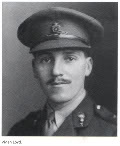
A small low-res scan of the young Vivian Loyd, from Foss & McKenzie’s excellent work: ‘The Vickers Tanks’
Vivian Loyd (1894-1972) was born in Berkshire, to a family of Welsh origin. He was educated at Wellington , after which he worked in a bank in Canada. After the outbreak of World War I he returned to the UK and served in the British artillery. During the war he served in, amongst other locations, Mesopotamia , where he contracted tuberculosis , which was the reason for his subsequent health problems. After the war, in 1922, Loyd founded a small car manufacturing company together with A. Lord where they built passenger cars of Loyd’s design, under the brand name Loyd-Lord (likely a tongue in cheek reference to the Rolls-Royce label). Falling into debt, the company was liquidated in 1924. In 1922 or 1923 Loyd met self-taught engineer John Carden , with whom he founded the small Carden-Loyd Tractor Company in Chertsey near London. Together they started working on the design of tracked vehicles, primarily with military applications.
Carden was chief engineer on the team while Loyd was mainly responsible for organizational issues and marketing. Loyd remained in the shadow of John Carden, and after Carden’s death in a plane crash in 1935, relations between Vickers management and Loyd deteriorated. In September 1938 Loyd finally left Vickers and founded his own company, Vivian Loyd & Co. In August 1938 he presented a prototype of a low-cost light tracked artillery tractor, the Loyd Carrier. It was ordered by the British army during the war and more than 26,000 units were built, 2,790 from Loyd’s factory. After the war, Loyd tried to offer the tractor to the civilian market. Loyd died in 1972 at his farm in Berkshire. He was married three times and had two sons and two daughters.
Carden and Loyd rapidly took the lead in development and managed to get the British Army interested in their vehicle for reconnaissance purposes as well as for a weapons carrier. By doing so they blurred the original concept, for the Army called Carden-Loyd’s carriers “Tankettes” and thus gave the impression that the Tank Corps and not the Infantry had a vested interest in them.
In practice, carriers extended the range and safety of infantrymen and gave them a golden opportunity to raise their speed to that of the tank arm by acting as a team which could be formed around the principal armoured fighting vehicle – the tank. This was the essence of the “All Armoured Idea”, which few at the time really understood, and which many more traditionally minded soldiers reviled as the “All Tank Idea.”
Steadily, these versatile little Carriers were improved and for lack of anything better, played an important part in reconnaissance and protection duties for the main force of medium tanks during the first British Armoured Force experiments of 1927 and 1928. Carden-Loyd would be bought out by Vickers in 1928. The Carden-Loyd carriers grew into Light Tanks, while foreign purchasers came forward to buy the basic vehicle and adapt it in their own factories to suit their own requirements. France’s UE, Russia’s T-27 and the Italian CV-33/35 came closer to the weapons carrier concept, although they are often referred to as tanks. In Britain, the weapon carrier would return to the Infantry in 1935 with the introduction of the Universal Carrier, a tracked and lightly armoured carrier which would become ubiquitous within the British Army through WW2.
Morris-Martel Tankette – 1927
The Morris-Martel was a British inter-war tankette developed from prototypes designed by Lieutenant-General Sir Giffard Le Quesne Martel. Martel decided he would build a small tank himself and he did this in the garage of his house near Camberley. He took the engine from an old Maxwell car, the back-axle of a Ford lorry and a set of tracks made for him by the Roadless Traction Company. The body was made from wood. He showed the result of in 1925. It was only eight feet long by five feet high but it worked and the War Office ordered four to be made by Morris Commercial Motors. The first was delivered in 1926.
Intended for reconnaissance, in 1927 eight more machines were ordered and were to be used as scout machines of a new experimental force being formed. All eight were constructed for the Experimental Mechanized Force and were tested against experimental models of the Carden Loyd tankette – built by John Carden and Vivian Loyd as a response to Martel’s work – on Salisbury plain in 1927. It was found that a single man had difficulty operating these machines and firing a weapon at the same time. The Martel project was abandoned after testing, with the Carden Loyd design chosen instead. However during its short existence the Morris-Martel tankette attracted “quite a lot of publicity” and was a pioneer of the tankette concept.
Carden Loyd Tankette – 1927 to 1935
The Carden Loyd tankettes were a series of British pre-World War II tankettes, the most successful of which was the Mark VI, the only version built in significant numbers. It became a classic tankette design worldwide, was licence-built by several countries and became the basis of several designs produced in several different countries. The Carden-Loyd Mk VI can be considered the father to an entire generation of armor worldwide. Reproduced, studied, built under license and just plain copied, this vehicle gave spawn to a host of ideas, and a false sense of safety and power to many nations who relied on these vehicles in WW2.
The Carden Loyd tankette came about from an idea of the British military engineer and tank strategist Major Giffard LeQuesne Martel, who started designing and building a small tankette as a private project. He built a one-man tank in his garage from various parts and showed it to the War Office in the mid-1920s. With the publication of the idea, other companies produced their own interpretations of the idea. One of these was Carden-Loyd Tractors Ltd, a firm founded by Sir John Carden and Vivian Loyd and later purchased by Vickers-Armstrong. Besides one-man vehicles they also proposed two-man vehicles which turned out to be a more effective and popular idea. Vickers-Armstrong manufactured and marketed vehicles of the latter type worldwide.
Considered a reconnaissance vehicle and a mobile machine gun position, the Mark VI was the final stage of development of the Carden- Loyd series of tankettes. The Carden Loyd tankette can also be considered an early prototype for the Universal Carrier (Bren Gun Carrier).
Production started in 1927 and lasted until 1935. From 1933 to 1935 some 450 Carden-Loyd tankettes were manufactured by the Royal Ordnance Factories. The British Army used at least 325 Mark VI tankettes in several variants, mostly as machine gun carriers, but also as light gun tractors, mortar carriers or smoke projector vehicles. They were also sold and/or licensed in considerable numbers to Poland, Czechoslovakia, the Soviet Union, Bolivia, Japan, Italy and Canada. In addition, the Carden Loyd tankettes were also supplied in small numbers to France, India, Italy, the Netherlands, Siam, Chile, the Republic of China, Finland and Portugal. The French unarmed Renault UE carrier was also based on the Carden Loyd design. The design of the German Panzer I light tank was somewhat influenced by the Carden Loyd tankette (apparently as a result of German military cooperation with the Soviet Union).
The Carden-Loyd Mk VI tankette weighed 1.5 tons, was 8 ft in length, 6ft 6in wide and had a height of 4ft. With a crew of 2, it was armed with a single .303 Vickers machinegun with 1,000 rounds. The 4 cylinder 22.5 hp Ford Model-T petrol engine with a 10 gallon fuel tank gave the tankette a range of 100 miles with a 30mph maximum road speed.
Light Tanks Mk I – Mk V
Following the activities of the British Army’s Experimental Mechanized Force in the late 1920s, the Army identified a need for two light tracked vehicles; one to carry a machine gun for the infantry and one with a turret for the Royal Tank Corps. The Carden-Loyd tankette described above became the infantry vehicle, while at the same time Carden developed privately a number of light two-man tank designs. Carden’s Mark VII design was accepted as a prototype for the Army’s light tank. By that point Carden-Loyd was part of Vickers-Armstrong. Only a few of the first light tanks were built and although never issued per se gave useful information for subsequent development.
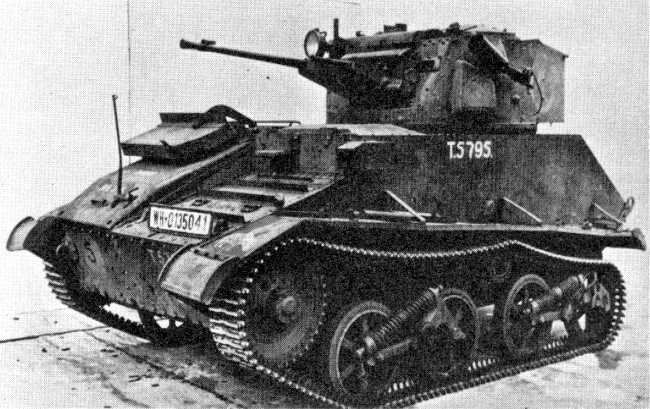
Vickers Light Tank Mk VI C – By the Mark V, the design was more or less optimized and it was the final development of in the form of the Light Tank Mk VI which was chosen for the British Army expansion program in expectation of war.
The Light Tanks Mark I to Mark VI were a series of closely related designs of light tanks produced by Vickers for the British Army during the interwar period with the various marks produced in relatively small numbers. They saw use in training, and in limited engagements with British Empire units such as the South African Army during the East African Campaign of 1941. All were around 5 long tons in weight and capable of 30 mph (50 km/h) on roads and around 20 mph (30 km/h) cross-country. The British did not expect their light tanks to be used against anything except other light tanks at most and as such armament was a machine gun only — Vickers machine guns firing either a .303 inch or .50-inch (12.7 mm) round. Suspension was Horstmann coil spring on bogies. The engine were often the Meadows 6-cylinder petrol.
Up until the Mk V, they had a crew of two: a driver/commander and gunner. The Mk V had a crew of three: a driver, a gunner, and the commander helping on the gun. By the Mark V, the design was more or less optimized and it was the final development of in the form of the Light Tank Mk VI which was chosen for the British Army expansion program in expectation of war.
The Light Tank Mk I: The Mark I differed in a few points from Carden’s Mark VII and 4 or 5 were manufactured based on the Carden Loyd Mk VIII design. The external suspension girder was dropped by strengthening the suspension at the hull supports. The beveled turret was replaced by a cylindrical design but still carrying a single 0.303 Vickers machine gun. Giving the Mk I a 14mm “basis” of armour increased the weight and dropped the tank’s top speed to 30 mph. The Meadows engine drove the tracks though a four-speed gearbox to the front drive wheels. Steering was a combination of declutching the drive to one track and braking to increase the turn. The track was tensioned by a rear idler – which being set at the same height as the drive sprocket was new in British tank designs – and returned over three rollers. The Mark IA had a larger superstructure and a larger turret to give room for operating the machine gun. Horstmann suspension with horizontal coil springs replaced the leaf springs of the Mark I. Although it could give an easy ride under moderate conditions, the springs could under certain circumstances cause an uncontrollable bounce.
A further 5 Mk IA’s were produced, 4 of which were sent to India. The Mark IA had a larger superstructure and a larger turret to give room for operating the machine gun. Horstmann suspension with horizontal coil springs replaced the leaf springs of the Mark I. The Mark IA tanks sent to India in 1931 for trials received modifications to improve engine cooling in the hotter climate and various means were experimented with to reduce the heat for the crew as well.
The Light Tank Mk II: The Mark II had a crew of 2 and was closely based on the previous Mk.IA, but with many modifications, including a shorter and larger hull and a roomier fighting compartment. It was one of the first vehicles to have Cemented Tank Armour, which allowed thinner, although stronger plating. Power was supplied by a 66 hp 6-cylinder Rolls-Royce engine which was, along with Wilson preselector gearbox and transmission, positioned on the right hand side of the tank. This left the left-hand side free for the crew of driver and commander. The turret was rectangular in form and the machine gun was modified for vehicle use with a pistol grip instead of the spade grips of the infantry version. The tank carried 4,000 rounds of machinegun ammunition. The rectangular turret was large enough to accommodate a radio at the rear. The casemate was sloped, but visibility was somewhat reduced.
Vickers Armstrong build 16 Mk II’s from 1929 to 1931. These units had the same hull as the Mark 1A, but used the Horstman suspension. They also had a larger turret and a Rolls Royce engine. The experimental models of the series were numbered A4E13 to A4E15. Two of the produced units had the rivets closely spaced to prevent water leakage. They were then fitted with flotation devices and used for water tests. Propulsion was provided by an outboard motor attached to a special plate on the rear of the tank. One of these amphibious tanks was later fitted with a modified Horstman suspension that was adopted for Light Tank Mark III. In June and July of 1931 further 29 Mk IIA’s were ordered and built by the Royal Arsenal, Woolwich. Especially designed for India and powered by a Meadows EPT engine with a better cooling system, 21 Mk IIB’s were also built by Vickers Armstrong. These tanks had a non-rotating bevel sided turret and anti-bullet splash baffles. The main difference between the Mark IIA and Mark IIB was the placement of the fuel tanks. The Mark IIA was equipped with 2 saddle tanks. The Mark IIB was equipped with one large tank mounted toward the rear.
The Light Tank Mk III: The Mk.III tanks were almost identical to the previous Mk.II, but, because of stability problems, they were fitted with a new, revised turret, slightly narrower to reduce its weight and still equipped with air louvers. Cooling was the main preoccupation of the designers, as these tanks were all supposed to serve under the hot climate of India. The Mark III light tank suspension was made out of Horstmann coil spring resting on bogies with two rubber-lined wheel sets per bogie. This design, invented by Sidney Horstmann and exclusively used on lightweight vehicles, was also used up to the Light Tank Mk VI of the British Army. Apart from being relatively easy to built, compact and lightweight, it had the advantage of having a long travel, and of being easy to replace when damaged in the field.
The drive sprocket was in the front, the idler-wheels were placed in the rear, with two return rollers. The engine was a Henry Meadows 6-cylinder gasoline engine, producing 88 hp, coupled with a four speed preselector gearbox. Steering was a combination of declutching the drive to one track and braking to increase the turn. The traverse of the turret was electrically actuated. Vickers Armstrong built 42 from 1934 with a Rolls-Royce engine, Wilson gearbox, revised suspension and an extended rear superstructure. Of these, 36 were sent to Egypt and the remainder to India. Some of the Rolls Royce engines were replaced by Meadows engines. To tell the difference the Rolls-Royce had a silencer that was about half the length of the track guard and a tail pipe with a fish tail. While the Meadows had a short silencer that had a straight tail pipe. Two different turrets were also fitted.
The Light Tank Mk IV: The Mk IV was designed in 1933 with 34 built from 1934. The Mk IV was the last two-man tank, since it appeared clearly in exercises that the commander was overloaded. He was at the same time gunner, loader, radioman and had to take decisions and monitor the battlefield, sometimes even directing others when asked for. There was no real option as to how to drop one of these tasks. A third crewmember was indispensable, like in other “scaled-up” tanks of the British Army. This imposed a brand new design of an enlarged tank, which ultimately served as a testbed for the mass-produced Light Mark VI.
The design resulting from the Vickers’ studies reminds of the Mk.II, but the chassis was left with two Hortsmann spring suspension (in “quad scissors”) front drive sprockets and no idlers. However, it was decided to abandon the guide wheels and supporting rollers. Such a move gave several advantages. It reduced the length of the tank, increased seat track mover and facilitated construction of the chassis as a whole. The only serious shortcoming observed later was somewhat poorer mobility, compared with earlier versions. Much of the suspension housing was redesigned to fit the future export Vickers Light M1933. The nose bow used a solid armor plate set at a large angle of inclination, instead of two joined plates. On the right was placed a 6-cylinder gasoline Meadows ETS (giving 88 hp), and the transmission unit behind. On the left was located the driver’s seat, with a small armored superstructure. The fighting compartment occupied the middle of the hull. The turret was placed above it, offset to the right. It was of hexagonal shape, relatively small, housing a single cal.303 (7.7 mm) liquid-cooled Vickers standard machine gun.
Compared with the Mk. III, the hull was 6.1 in (15.4 cm) shorter and 7.8 in (20 cm) wider. The tank was designated A4E19, Light Tank Mk II Indian Pattern No.1 and L2E1. However it appeared that battlefield awareness in combat situation was severely limited. The driver saw the terrain through a thin bulletproof glass observation slit, awkwardly located in the hatch. The tank commander could use only the optical machine-gun sight, set in the turret. On the march he used to stand out of the open hatch, leaning out of it on the belt. Trials began in 1931, the prototype performing well. At a fighting weight of 3400 kg, it developed a maximum road speed 58 km/h (36 mph) and had comparable crossing abilities to the Mk.III. At the same time, the military commission noted a number of shortcomings that prevented its adoption into service, even for colonial duty.
The next prototype A4E20, numbered MT7984 (or Light Tank Mk II Indian Pattern No.1/L2E2), had a slightly modified body. The sights were improved, with new slits at right angles, and the design of the exhaust pipe and side niches was changed. The most important innovation was the standardized four-sided tower of increased size, protected by 9 mm (0.35 in) of armor. Elevation for the machine gun was raised to -10 to +37 degrees. A water tank was mounted just under the roof, to cool down the machine gun. This new experimental model was demonstrated once more to the RTC, which in 1933 decided to conclude a contract to produce a small batch under the ordnance designation Light Tank Mk.IV.
Later, after field experiences, serial machines were fitted with a return roller on both sides and a modernized turret traverse system, although still carried out using a flywheel with reduction – five turns made for a complete revolution. Maximum protection was now 12 mm (0.47 in) on the chassis nose glacis. The engine was upgraded to the Meadows ESTE, giving 88 hp. Production lasted from 1934 to 1935, but was discontinued and eventually stopped because of several issues. The attempt to simplify the design had reduced its driving performance. A higher hull and heavier turret meant the gravity center was higher up, making the tank much more unstable. In addition, the Vickers machine gun was already clearly inadequate. Unfortunately, at that time, the Besa 13 mm (0.51 in) was not ready yet, and would have probably increased the stability problem. Only 34 rolled off the production line.
The Light Tank Mk V: The biggest change from the Mark IV to the Mark V was the introduction of a three-man crew. The turret now carried the commander and a gunner who was also the radio operator. The increase in the crew size made a lot of difference to the tank’s effectiveness and spread the maintenance load. Until then, the commander had to direct the driver, navigate, and operate the gun. If troop commander, he also had to direct the other tanks and their fire.
Although the drivetrain and chassis were close to the former Mark IV, the hull was widened, heightened and lengthened, and the new turret was larger, rounder, with sloping sides. The turret ball race counted 213 ball bearings (3 degree for each the traverse wheel turn), and it was held in place by six clips. At the bottom was a pedestal containing the radio batteries, ammunition and gunner’s seat. The latter also operated the radio, although the well-loped turret’s rear made it difficult for a radio to fit. The gunner used his shoulder to elevate the two independent Besa machine-guns, one .303 (7.62 mm) and one heavy cal. 50 (12.7 mm), which gave the vehicle some antitank capability .The armament of the Mark V was also an improvement over the earlier Marks and gave the tank a reasonable anti-tank capability against other light tanks – at the time most European light tanks had around 12–14 mm of armour – but it was not updated as more armoured light tanks came into use.
There was a sighting scope with one scale for each gun. The commander had a rounded cupola of the “bishop’s mitre” type. To allow larger fuel tanks to be fitted at the rear, this part was lengthened and, consequently, a rear idler was added, compensating for the weight shift and improving handling. A single return roller was placed just above the front coil spring arm. Components and tracks were the same as previously used on the Mark I. Overall these choices appeared judicious.
A three man crew also spread the maintenance load. The top speed was reduced, but the range was undiminished. It was half a ton heavier – and about 18 inches longer – than the Mark IV. The weight increase had the effect of reducing the top speed to 32 mph though range was largely unchanged. A total of 22 were produced over 1936.
An interesting variant was the AA gun version. For this, twin 15 mm (0.59 in) AA Besa machine-guns or quad Boulton & Paul AA machine-guns (same type mounted in the 1938 Defiant fighter’s turret), were mounted on one or two separate Mk.V light tanks. The following Mk.I AA tank (quad 7.92 mm/0.31 in Besa mounted on the Mk.VIA) was produced in limited numbers and the Mk.II AA was identical, but with an enlarged turret plus external ammunition box.
The Mark V AA prototypes pioneered these series. An experimental antitank version was also tried with a 2pdr (40 mm/1.58 in) fit in an open-top turret, and another fitted the same gun in a large, sloping back turret. Other tested various technical modifications, like receiving an extra bogie wheel and longer track, a continuous rubber track, a Perkins diesel engine, revised turret bustle for radio, wireless box, no top rollers configuration, or without “Bishop’s Mitre” Cupola.
The Light Tank Mk VI: The Light Tank Mk VI was the sixth in the line of light tanks built by Vickers-Armstrongs for the British Army during the interwar period. The company had achieved a degree of standardization with their previous five models, and the Mark VI was identical in all but a few respects. The turret, which had been expanded in the Mk V to allow a three-man crew to operate the tank, was further expanded to give room in its rear for a wireless set. The weight of the tank was increased, which although heavier than previous models actually improved its handling characteristics. An 88 horsepower (66 kW) engine was added to the model to increase its maximum speed to 35 miles per hour (56 km/h).
It had the Horstmann coil-spring suspension system which was found to be durable and reliable, although the fact that the tank was short in relation to its width and that it pitched violently on rough ground made accurate gunnery whilst moving exceptionally difficult. The Mk VI carried a crew of three consisting of a driver, gunner and commander who also doubled as the radio operator. With between 4 millimetres (0.16 in) and 14 millimetres (0.55 in) of armour, it could resist rifle and machine gun bullets. Its armament consisted of one water-cooled .303 inch and one .50 inch Vickers machine gun.
Production of the Mk VI began in 1936 and ended in 1940 with 1,682 Mark VI tanks having been built. Many of those produced were actually variants designed to solve problems found with the original design. The Mk VIA had a return roller removed from the top of the leading bogey and attached to the hull sides instead, and also possessed a faceted cupola. The Mk VIB was mechanically identical to the Mk VIA but with a few minor differences to make production simpler, including a one-piece armoured louvre over the radiator instead of a two-piece louvre, and a plain circular cupola instead of the faceted type.
The Mk VIC, which was the last in the MK VI series, had the commanders cupola removed and had wider bogies and three carburettors to improve engine performance; it was also more powerfully armed than the other models, replacing the .303 and .50 Vickers machine guns with a co-axial 15-millimetre (0.59 in) and a 7.92-millimetre (0.312 in) Besa machine gun. A small number of specialized variations were also built based on the Mk VI chassis. The Tank, Light, AA Mk I was built in the aftermath of the Battle of France and was intended to act as a counter-measure against attacks by German aircraft. It featured a power-operated turret fitted with four 7.92 mm Besa machine guns; a Mk II was produced which was mechanically similar but had improvements, such as better quality sights for the machine guns and a larger turret for easier access. A variant on the Mk VIB was produced for service with the British Indian Army, in which the commanders cupola was removed and replaced with a hatch in the turret roof.
When the Mk VI was first produced in 1936, the Imperial General Staff considered the tank to be superior to any light tank produced by other nations, and well suited to the dual roles of reconnaissance and colonial warfare. When the British government began its rearmament process in 1937, the Mk VI was the only tank with which the War Office was ready to proceed with manufacturing. The development of a medium tank for the Army had hit severe problems after the cancellation of the proposed “Sixteen Tonner” medium tank in 1932 due to the costs involved, and cheaper models only existed as prototypes with a number of mechanical problems. As a result of this, when the Second World War began in September 1939, the vast majority of the tanks available to the British Army were Mk VI’s, with 1,002 in service.
The Vickers 6-Ton Light Tank – 1928 thru the 1930’s
The Vickers 6-Ton Tank or Vickers Mark E was designed as a private project by Vickers. It was never purchased by the British Army, but was bought by a large number of foreign armed forces and was licenced with few improvements by the Soviets as the T-26. It was also the direct predecessor of the Polish 7TP tank. By the start of World War II it was the second most common tank design in the world after the Renault FT
The first Mark E was built in 1928 by a design team that included the famed tank designers John Valentine Carden and Vivian Loyd. The hull was made of riveted steel plates, 1 inch (25 mm) thick at the front and over most of the turrets, and about 3/4 inch (19 mm) thick on the rear of the hull.
The power was provided by an Armstrong Siddeley Puma engine of 80–95 horsepower (60–70 kW) (depending on the version), which gave it a top speed of 22 mph (35 km/h) on roads. The suspension used two axles, each of which carried a two-wheel bogie to which a second set of bogies was connected with a leaf spring. Upward movement of either set of bogies would force the other down through the spring. This was considered to be a fairly good system and offered better than normal cross-country performance although it did not compare with the contemporary Christie suspension. High strength steel tracks gave over 3000 miles (5000 km) of life which was considerably better than most designs of the era.
The tank was built in two versions:
- The Type A with two turrets, each mounting a Vickers machine gun.
- The Type B with a single two-man turret mounting a single machine gun and a short-barreled 47 mm cannon OQF 3-pdr Gun.
The Type B proved to be a real innovation, it was found that the two-man turret dramatically increased the rate of fire of either weapon, while still allowing both to be fired at the same time. This design, which was referred to as a duplex mounting, became common on almost all tanks designed afterwards.
The British Army evaluated the Mark E, but rejected it, apparently due to questions about the reliability of the suspension. Vickers then started advertising the design to all buyers, and soon received a trickle of orders eventually including the USSR, Greece, Poland, Bolivia, Siam, Finland, Portugal, China and Bulgaria. A Thai order was placed, but taken over by the British when the war started. Vickers built a total of 153 (the most common figure) Mark E’s. Experience with the Polish machines showed that the engine tended to overheat due to poor airflow over the air-cooled Puma engine. This was addressed by the addition of large air vents on either side of the hull.
For a new Belgian order the design was modified to use the Rolls-Royce Phantom II water-cooled engine instead. This engine would not fit in the rear, and had to be mounted along the left side of the tank, requiring the turret to be moved to the right and rearward. One example of the resulting Mark F was tested by Belgium, but rejected. Nevertheless the new hull was used, with the older engine, in the sales to Finland and Siam. The Mark E was also developed as a cargo vehicle, and purchased by the British Army in small numbers as artillery tractors to haul their large 60 pounder (127 mm) artillery guns. Twelve were ordered by the Army as the Dragon, Medium Mark IV, while China purchased 23 and India 18.
Poland was generally happy with the design, purchased 50 and licensed it for local production. Modifying it with larger air intakes, their own machine gun, 360-degree Gundlach periscope and a Diesel engine, the design entered service as the 7TP. Out of 38 original two-turreted tanks, 22 were later converted to single turret version with a modified turret and the 47 mm main gun (Type B standard).
The Soviets were also happy with the design and licensed it for production. However in their case local production started as the T-26, and eventually over 12,000 were built in various versions. It became the mainstay of Soviet armor and was still the most common Soviet tank in 1941. The Soviet early twin-turret T-26s had 7.62 mm DT machine guns in each turret, or a mix of one machine gun turret and one 37 mm gun turret. Later, more common versions mounted a 45 mm gun and two DT machine guns. The final versions of the T-26 had welded construction and, eventually, sloped armor on the hull and turret. Because the T-26 was in such wide use and was a reliable platform, a variety of engineer vehicles were built on the chassis, including flamethrowers and bridgelayers. A novel radio-controlled demolition tank was also built on the T-26 chassis.
During the Spanish Civil War the Soviet Union sent T-26 tanks to the Republican Army. The Italians, after suffering losses from Republican T-26’s during the battle of Guadalajara (1937), captured some of these tanks which served as a model for their M11/39 and M13/40 light/medium tanks. In 1939, during the Soviet-Finnish Winter War, the Finnish armoured forces possessed a number of Vickers Armstrongs 6-ton tanks which had been fitted with 37 mm Bofors AT-guns. These, with captured Soviet T-26’s, continued in Finnish service after the end of the Second World War. Some of these tanks were kept as training tanks until 1959, when they were finally phased out and replaced by newer Patria Oy-designed and built tanks.
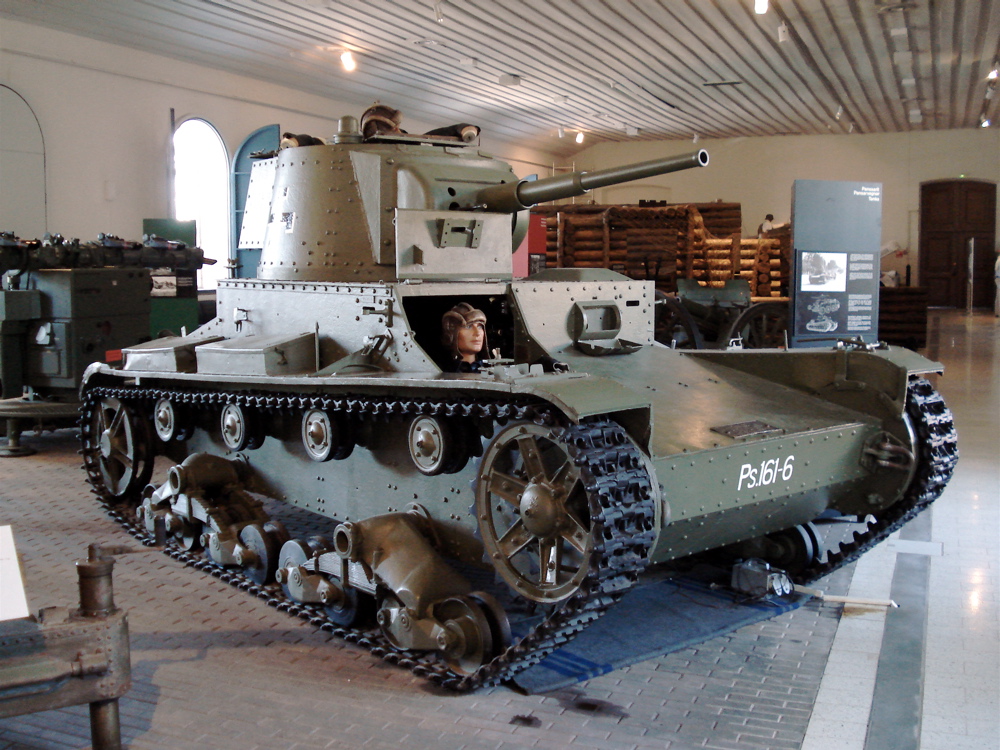
Finnish Vickers 6-Ton Type B. The Finns mated components of captured T-26s with their own Vickers tank.
Further British Tank Developments in the 1930’s
The Cruiser Mk I (A9)
In 1936, the British War Office designated two different kinds of tanks for future development: heavily armoured infantry tanks to be used in close co-operation with infantry during attacks, and fast mobile cruiser tanks designed to make forays deep into enemy territory. In 1934, Sir John Carden of Vickers-Armstrong was asked to provide a “reasonably cheap tank” as a replacement for some of the mediums then in use. The pilot model of his design was finished in 1936 and given the designation A9E1.
It incorporated the best features of the earlier Mk III Light Tank, and was powered by a commercial petrol engine. However, this was during the Great Depression and the tank had a number of cost-cutting measures applied. It was the first British tank to have a centrally located turret and to have powered traverse. The system was designed and built by Nash & Thompson and was similar to that being introduced on the Vickers Wellington bomber aircraft. The armour was light, with a maximum 14 mm thickness. Many armour faces were vertical, and there were numerous shot traps, but it could reach 25 mph and was armed with the new high velocity 2pdr gun.
As well as the turret armament, which consisted of a QF 2-pounder (40 mm) gun and a coaxial Vickers machine gun, there were two small turrets either side of the driver’s compartment, each sporting one more machine-gun. Both these smaller turrets were permanently manned, which gave the tank a total crew of 6 (Commander, gunner, loader, driver and two machine-gunners).The driver’s compartment and the fighting compartments were not separated. The A9 weighed 12 tons, was 5.8 metres long, 2.65 metres high, 2.5 metres wide, and had a top speed of 25 mph on road and 15 mph off. Its maximum road range was 150 miles. The ammunition load was 100 2-pounder rounds and a total of 3,000 rounds for the three Vickers machine guns.
The A9E1 was tested against other designs and -although lacking in some areas – it was accepted in 1937 as an interim design until a Christie-suspension cruiser tank could be delivered. An order was placed for 125, with 75 built by Harland and Wolff, and the other 50 by Vickers. Originally, a Rolls-Royce car engine was used, but this proved underpowered and was replaced by an AEC bus engine. The later Valentine Infantry tank essentially used the same lower hull and suspension, though with considerably more armour. The Mark I cruiser began to be delivered in January 1939.
The Cruiser Mk II (A10)
The Cruiser, Mk II (A10) was developed alongside the Cruiser Mk I (A9), and was intended to be a heavier, infantry tank version of that type. In practice, it was not deemed suitable for the infantry tank role and was classified as a “heavy cruiser”. The A10 was developed by Sir John Carden of Vickers in 1934 by adapting his A9 design. The A10 specification called for armour of up to 1 inch (25 mm) standard (the A9 was 14 mm); a speed of 10 mph (16.1 kmh) was considered acceptable. The two sub-turrets present on the A9 were removed, and extra armour bolted on top of that already present on the front and sides of the hull, along with all faces of the turret, providing approximately twice the armour in most areas. The A10 was two tonnes heavier than the A9, but used the same 150 bhp engine, and as a consequence the tank’s top speed was cut from 25 mph (40.2 km/h) to 16 mph (24.1 km/h).
The turret armament consisted of a QF 2-pounder (40mm) gun and a coaxial .303 Vickers machine gun. For the production version there was a 7.92 mm BESA machine gun mounted in the hull in a barbette to the right of the driver. This was added to give extra firepower but at the expense of simplicity – the Vickers and the BESA using different ammunition. The tank had a total crew of five (Commander, gunner, loader, driver and hull machine gunner), and there was no separation between the driver’s compartment and the fighting compartments.
The prototype (“Tank, Experimental A10E1”) was completed in 1936, a few months after the A9 prototype. Carden had died in an air crash in 1935 and development was slower than expected. In 1937, the A10 was dropped as an infantry support tank, but in 1938 it was decided to produce it as a “heavy cruiser”. The A10 was accepted for service with production ordered in July 1938. Total production was 175 of the A10’s; 45 were built by Birmingham Railway Carriage and Wagon Company, 45 by Metropolitan-Cammell and 10 by Vickers. In late 1939, another order was placed with the Birmingham Railway Carriage and Wagon Company, this time for a larger order of 75 vehicles which entered service in December 1939.
Classified as a ‘heavy cruiser’, 31 were sent to France with the 1st Armoured Division, but performed poorly their. They also served in the North African Campaign until late 1941 and were still being used at the defence of Tobruk where reliability and suspension performance in the desert conditions was praised. Sixty worn out examples were taken to Greece by the 3rd Royal Tank Regiment and, although they performed well against the German tanks, over 90% were lost due to mechanical breakdowns as opposed to enemy action (mainly lost tracks).
The Cruiser Mk III (A13 Mk I)
The Cruiser Mk III, also known by its General Staff specification number A13 Mark I, was the first British cruiser tank to use the Christie suspension system, which gave higher speeds and better cross-country performance. Previous models of cruiser tanks used triple wheeled bogie suspension. Orders for the Mk I and Mk II Cruiser tanks had been restricted, since the British Army had decided to produce a more advanced and faster cruiser tank that would incorporate the Christie suspension designed by American inventor J. Walter Christie. Better armour was also wanted.
In 1936, General Martel, a pioneer in British tank design who had published works on armoured warfare and pioneered the lightly armoured “tankette” to enhance infantry mobility, became Assistant Director of Mechanization at the War Office. Later that year, Martel witnessed demonstrations of Soviet tank designs including the BT tank, which had been influenced by Christie’s work. He urged the adoption of a tank that would use the suspension system and also follow Christie’s practice of using a lightweight aircraft engine, such as the Liberty Engine. The government authorized the purchase and licensing of a Christie design via the Nuffield Organization rather than contacting the Soviet authorities.
The vehicle obtained from Christie became the basis of the Cruiser Mk III (A13). It was extensively redesigned by Morris Commercial Cars as it was too small and had several faults that Christie had not addressed. A new company Nuffield Mechanization & Aero Limited was formed for the development and production of the design and would take just under 2 years to complete the design work. At a meeting of the General Staff, an official specification was determined. This included 30 mm (1.2 in) armour, a 2 pdr gun and a road speed of 30 mph. A subsequent review of the specification by Martel and Hobart approved 30mm armour all round provided cross-country speed could be kept at 25 mph. Pending the delivery of the A13, an interim design was approved – of the A7, A9 and A10, the A9 was selected.
The first prototype (the A13-E1) was delivered in 1937. Following the testing of the two prototypes, the A13 was ordered into production. The original order was for 50 tanks, however, 65 had been built by mid 1939. The Mk III weighed 14 long tons (14,200 kg) had a crew of 4, a 340 hp engine which gave a top speed of 30 mph (48 km/h) and was armed with a 2 pounder gun and a machine gun. Like most British cruisers, the A13 was fast but under-armoured and proved unreliable mechanically. Most were lost in the French campaign in 1940 (where they equipped units in the 1st Armoured Division), but a few were used in Greece and the North African campaign in 1940-41 (where they equipped units of the 7th Armoured Division).
The Infantry Tank Mk I, Matilda I (A11)
The Infantry Tank Mk I, Matilda I (A11) was a British infantry tank (and of a completely different design to the Infantry Tank Mk II (A12), also known as the Matilda). The development of the design by Sir John Carden at Vickers-Armstrongs Ltd, began in 1935. The General Staff specification required a cheap tank, effectively requiring the use of commercially available components. It resulted in a small two-man vehicle with a low hull and a small cast turret. The turret was fitted with a single heavy machine gun, either a .303 Vickers machine gun or a larger, Vickers .50 machine gun.
Designed for quick delivery as well as low cost, the A11 used many stock parts from other vehicles: a Ford V8 engine, a Fordson gearbox, a steering mechanism similar to the one used in Vickers light tanks, and suspension adapted from the Mk IV Dragon artillery tractor that was itself based on the Vickers 6-Ton Tank Model E. Although the hull and turret were well protected against contemporary anti-tank weapons, the tracks and running gear were completely exposed and more vulnerable than on tanks that had protected tracks.
In addition, the lack of a gun with any anti-tank ability severely limited its utility on the battlefield. Besides operating the machine gun, the commander had to direct the driver and operate the wireless. There being no room in the turret for the wireless, it was placed in the hull and the commander had to duck down inside to operate it. The driver’s position was equally cramped and the turret could not be traversed into a forwards position while the driver’s hatch was open. The top speed of 8 mph (13 km/h) was thought to be sufficient for supporting an infantry advance. The first order of 60 Matilda tanks was placed in April 1937, closely followed by an order for a further 60 ten days later and finally 19 were ordered in January 1939. The tank remained in production until August 1940, a total of one hundred and forty were produced, including the prototype, some of them with the heavier .50 inch Vickers machine gun instead of the .303 inch Vickers machine gun.
Infantry Tank Mk II (Matilda II)
The first suggestion for a larger Infantry Tank was made in 1936, with specification A12 and contractor decided around the end of the year. The Infantry Tank Mk II was designed at the Royal Arsenal, Woolwich to General Staff specification A.12 and built by the Vulcan Foundry. The design was based on the A7 (aka the Medium Mk III, which had started development in 1929) rather than on the Infantry Tank Mk I, which was a two-man tank with a single machine gun for armament. When war was recognised as imminent, production of the Matilda II was ordered and that of the Matilda I curtailed. The first order was placed shortly after trials were completed with 140 ordered from Vulcan Foundry in mid 1938.
The Matilda II weighed around 27 tons (27 tonnes or 60,000 lb) and was armed with a QF 2 pounder (40 mm) tank gun in a three-man turret. The turret traversed by hydraulic motor or by hand through 360 degrees; the gun itself could be elevated through an arc from -15[nb 2] to +20 degrees. One of the most serious weaknesses of the Matilda II was the lack of a high-explosive round for its main gun. A high-explosive shell was designed for the 2 pounder but for reasons never explained it was not placed in production. The tank’s best weapon against un-armoured targets was thus its single machine gun.
Like many other British infantry tanks, it was heavily armoured; from 20 mm (0.79 in) at the thinnest it was 78 mm (3.1 in) at the front, much more than most contemporaries. The turret armour was 75 mm (3.0 in) all round, the hull side armour was 65 to 70 millimetres (2.6 to 2.8 in), and the rear armour, protecting the engine to sides and rear, was 55 millimetres (2.2 in). The frontal armour was 75 millimetres (3.0 in), although the nose plates top and bottom were thinner but angled. The turret roof was the same thickness as the hull roof and engine deck: 20 millimetres (0.79 in).
The German Panzer III and Panzer IV tanks of the same period had 30 to 50 millimetres (1.2 to 2.0 in) thick hull armour. The shape of the nose armour was based on Christie’s designs and came to a narrow point with storage lockers added on either side. The heavy armour of the Matilda’s cast turret became legendary; for a time in 1940–41 the Matilda earned the nickname “Queen of the Desert”. The sheer thickness of its armour made the tank impervious to the 37 mm and 50 mm calibre anti-tank guns that were then commonly used by the Germans, as well as the 47 mm used by the Italians in North Africa; only the 75 mm PaK 40 anti-tank gun — and as demonstrated as early as the Battle of France on May 21, 1940 from the counterattack at Arras, the 88 mm anti-aircraft gun — could penetrate its armour reliably.
While the Matilda possessed a degree of protection that was then unmatched in the North African theatre, the sheer weight of the armour mounted on the vehicle contributed to a very low average speed of about 6 mph (9.7 km/h) on desert terrain. At the time, this was not thought to be a problem since British infantry tank doctrine prioritized heavy armour and trench-crossing ability over speed and cross-country mobility (which was considered to be characteristic of cruiser tanks). The slow speed of the Matilda was further exacerbated by a troublesome suspension and a comparatively weak power unit, the latter of which was actually created using two bus engines linked to a single shaft. This arrangement was both complicated and time-consuming to maintain, as it required technician crews had to work on each engine separately and subjected automotive components to uneven wear-and-tear. It did however provide some mechanical redundancy, since failure in one engine would not prevent the Matilda from travelling under its own power using the other.
The tank’s suspension system was that which had been developed by Vickers for their Medium C prototype in the mid-1920s. The tank was carried by five double wheel bogies on each side. Four of the bogies were on bellcranks in pairs with a common horizontal coil spring. The fifth, rearmost, bogie was sprung against a hull bracket. Between the first bogie and the idler wheel was a larger diameter vertically sprung “jockey wheel”. The first Matildas had return rollers; these were replaced in later models by track skids, which were far easier to manufacture and to service in the field. The turret carried the main armament with the machine gun to the right in a rotating internal mantlet. Traverse was by a hydraulic system. As the gun was balanced for ease of movement by the gunner much of the breech end was behind the trunnions. Two smoke grenade launchers were carried on the right side of the turret. The grenade launcher mechanisms were cut down Lee-Enfield rifles, each firing a single smoke grenade.
The first Matilda was produced in 1937 but only two were in service when war broke out in September 1939. Following the initial order from Vulcan Foundry, a second order was placed shortly after with Ruston & Hornsby. Some 2,987 tanks were produced by the Vulcan Foundry, John Fowler & Co. of Leeds, Ruston & Hornsby, and later by the London, Midland and Scottish Railway at Horwich Works; Harland and Wolff, and the North British Locomotive Company Glasgow. The last were delivered in August 1943. Peak production was 1,330 in 1942, the most common model being the Mark IV.
The Matilda was also difficult to manufacture. For example, the pointed nose was a single casting that, upon initial release from the mould, was thicker than required in some areas. To avoid a needless addition to the tank’s weight, the thick areas were ground away. This process required highly skilled workers and additional time. The complex suspension and multi-piece hull side coverings also added time to manufacturing
British Armoured Variants
The Birch Gun: As early as 1916, it had become evident that in the event of a breakthrough of the German lines, artillery would have great trouble following the advancing troops. Any successful offensive would therefore be in danger of stalling immediately. To solve this problem Major Gregg, an engineer working for the main tank producing company Metropolitan, Carriage, Wagon and Finance, proposed to build special mechanised artillery, using parts of the Mark I Tank. The production of a prototype was approved on 5 June 1916; the actual design began in July. The first prototype was ready to participate in the Tank Trials Day at Oldbury on 3 March 1917. An order of fifty vehicles was given to Kitson & Co. in Leeds. Deliveries to the army started in June and ended in July 1917.
The vehicle bore little resemblance to the Mark I. The tracks weren’t tall but low, almost flat. At the back a rectangular superstructure covered the Daimler 105 hp engine together with the transmission of the Mark I, the latter now in a reversed position. Sharing it were the vehicle commander, a mechanic and two gearsmen. The original double tail wheel of the Mark I, intended to aid steering and attached to the rear of the vehicle, was retained. The front was an open area with either a 60-pounder (5-inch) field gun or a 6-inch howitzer. In July 1917 two Gun Carrier Companies were formed of 24 vehicles each. Probably none of them ever fired a shot in anger. As breakthroughs never materialised the vehicles were ultimately only used as supply tanks. It was calculated a single tank had the same carrying capacity as 291 human porters. There was a project for a Gun Carrier Mark II. Early in 1917 a wooden mock-up was made of an improved type, carrying the gun at the back. A real prototype was partly built, but never finished, the sole result of the project being that the original type is now known as the Gun Carrier Mark I. While this wasn’t a modern Self-Propelled Gun, it was likely the ancestor to today’s SPG’s and certainly had an influence on the design and development of the Birch Gun.
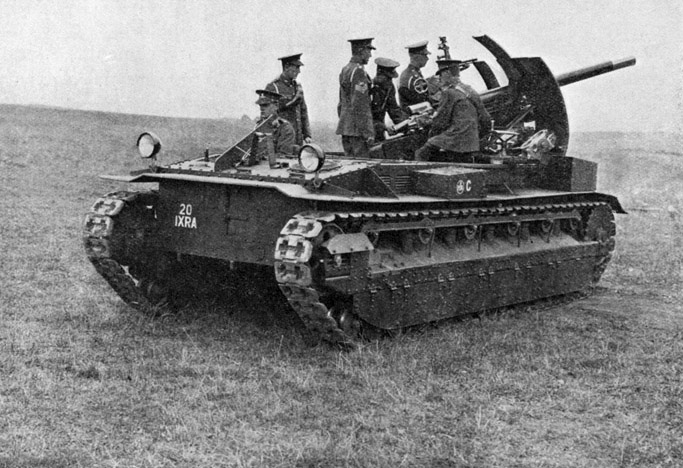
Image of a Mark II Birch Gun in action during British Army manoeuvres, anywhere between July 1926 when they were issued, and June-July 1931, when they were withdrawn. Markings on the front hull plate indicate it is being manned by 20 Battery, 9th Field Brigade, Royal Artillery.
The Birch Gun was the world’s first practical self-propelled artillery gun, built at the Royal Arsenal, Woolwich in 1925. The gun was never highly regarded by the British High Command, purely due to prejudicial beliefs and political pressure rather than any real lack of ability to do the job. Named after General Sir Noel Birch, who was Master General of Ordnance at the time, the Birch gun had real potential. It was built on a Vickers Medium Mark II tank chassis and mated originally with the QF 18 pdr (83.8 mm) gun and then with a 75 mm field gun. The 75mm was able to be fired either at ground targets or in the air-defence role, being given a much higher rate of elevation to be fired at enemy aircraft. The project was abandoned in 1928 after political pressure killed off any plans to complete the third version of this weapon.
The Birch Gun weighed 11.9 tons, was 19 ft long, 7ft 10in wiude and 7 ft 7 in in height with a crew of 6. Powered by a single Armstrong Siddeley 8-cylinder 90hp petrol engine, speed was 28mph with a range of 119 miles. The initial prototype, the Mark I, made its first appearance in January 1925 and spent the next year undergoing trials and taking part in manoeuvres, mainly with 28 Battery, 9th Field Brigade, Royal Artillery.
The lone Mark I was transferred to 20 Battery, 9th Field Brigade RA, who then took delivery of three Mark II Birch Guns in July 1926, followed by a fourth gun in September. This brought the battery strength to five guns, which participated in various field exercises as part of the Experimental Mechanised Force and it successor, the Experimental Armoured Force which was dispersed in February 1929. All five guns were finally withdrawn in June/July 1931, effectively ending the British Army’s experiments with tracked self-propelled guns until the advent of various hurriedly improvised vehicles during the Second World War such as the Sexton and Deacon. Two Mark III Birch Guns were produced, but never issued to serving units. These had the guns mounted in revolving barbette-style turrets that increased crew protection but reduced the guns’ elevation, so capping their effective range. Incidentally, as we will see, all 7 Birch Guns were purchased by Finland in 1931 after they were withdrawn from British Army service.
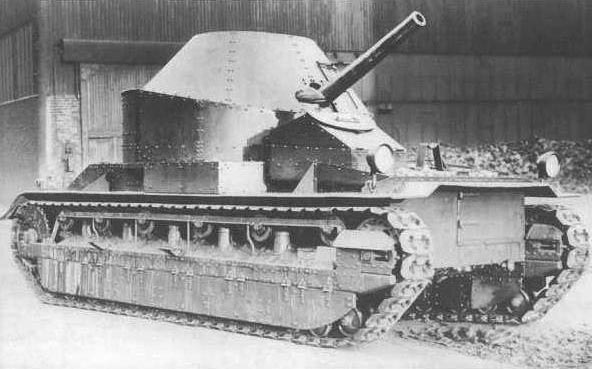
Two Mark III Birch Guns were produced, but never issued to serving units. These had the guns mounted in revolving barbette-style turrets that increased crew protection but reduced the guns’ elevation, so capping their effective range.
The armament for the original Birch Gun consisted of an Ordnance QF 18 pounder field gun (3.3 inch, 84 mm). This was changed to the 75 mm gun on the Birch gun Mk II and from then on was able to be fired either at ground targets or in the air-defence role, being given a much higher rate of elevation to be fired at enemy aircraft. The Armstrong Siddeley engine was modestly powerful. Being only 8 cylinders it could manage 90 hp for a mild 45 km/h top-speed. However, for its time (late 1920s) it was quite fast. The Birch gun was tested as part of the Experimental Mechanised Force in the 1920s. The Force undertook various experiments in mechanized warfare combining tanks and infantry with their own transport. The project was finally abandoned in 1928 after major political pressure cancelled all plans to complete the third version of this weapon.
For its time, the Birch Gun was a remarkable development. The gun could rotate a full 360 degrees, had a high arc and a large ammunition capacity. It was able to fire accurately while maintaining a good reload speed and it had a low profile, making it a difficult target. Weak points were the thin armour, low-powered engine, slow traverse and (in the Mk I and Mk II versions, the open top, making both the crew and the weapon vulnerable to counter fire (although the Mk III resolved this to a certain extent). Nevertheless, it was a remarkable development in the 1920’s and the failure of the British Army to continue with the development of this weapon would lead to hastily improvised Self-Propelled Guns entering service later in WW2.
The Dragon Artillery Tractor: As early as in 1928, there was a universal Vickers Medium Tractor designed on the Vickers 6-ton tank chassis. It was meant for both the military and civilian market. The British Army evaluated the tractor between 1930 and 1932, but finally rejected it. In 1934, Vickers developed an improved artillery tractor, powered by a stronger diesel engine. The British Army ordered 12 new tractors, with a designation: Dragon, Medium Mk.IV. They were given to one of heavy artillery regiments and used for towing 60-pdr guns (127 mm). In 1939, they were included in the British Expeditionary Force and sent to France, where they were seized by the Germans. A small series of these artillery tractors were exported: in 1932 one vehicle was bought by the German company Siemens-Schuckert, in 1933 Finland bought 20, in 1935 China bought 23 tractors and in 1937 India bought 18 tractors.
The Dragon Self-Propelled AA Gun: A self-propelled anti-aircraft gun variant was also developed (it was probably the first tracked armoured self-propelled AA gun in the world produced in series, although such guns had been mounted on a wheeled armoured chassis before). The vehicle had an open superstructure, with a single 40mm Vickers automatic AA gun (“pom-pom”) mounted, with a rate of fire 120 rds/min. Siam ordered 26 of these vehicles while in 1932, Finland ordered 4 for evaluation purposes.
The Universal Carrier
The origins of the Universal Carrier family can be traced back to the Carden Loyd tankette family which was developed in the 1920s, and specifically to the Mk VI tankette. In 1934 Vickers Armstrong produced, as a commercial venture, a light tracked vehicle that could be used either to carry a machine gun or to tow a light field gun. The Vickers-Armstrong D50 had an armoured box at the front for the driver and a gunner and bench seating at the back for the gun crew. It was considered by the War Office as a possible replacement for their “Dragon” artillery tractors and 69 were purchased as the “Light Dragon Mark III”. One was built as the “Carrier, Machine-Gun Experimental (Armoured)” carrying a machine gun and its crew. The decision was made to drop the machine gun and its team and the next design had a crew of three – driver and gunner in the front, third crew-member on the left in the rear and the right rear open for stowage. A small number of this design were built as the “Carrier, Machine-Gun No 1 Mark 1” and entered service in 1936. Some were converted into pilot models for the Machine gun Carrier, Cavalry Carrier and Scout Carrier – the others were used for training.
The carrier put the driver and commander at the front sitting side-by-side; the driver to the right. The engine was in the centre of the vehicle with the final drive at the rear. The suspension and running gear was based on that used on the Vickers light tank series using Horstmann springs. Directional control was through a (vertical) steering wheel. Small turns moved the front road wheel assembly warping the track so the vehicle drifted to that side. Further movement of the wheel braked the appropriate track to give a turn. The hull in front of the commander’s position jutted forward to give room for the Bren gun (or other armament) to fire through a simple slit. To either side of the engine were two areas in which passengers could ride or in which stores could be carried.
Initially, there were several types of Carrier that varied slightly in design according to their purpose: “Medium Machine Gun Carrier” (the Vickers machine gun), “Bren Gun Carrier”, “Scout Carrier” and “Cavalry Carrier”. However, production of a single model came to be preferred and the Universal design appeared in 1940; this was the most widely produced of the Carriers. It differed from the previous models in having a rectangular body shape in rear section, with more space for crew.
Production of these Carriers began as early as 1934 and only ended in 1960. Before the Universal design was introduced, the vehicles were produced by Aveling and Porter, Bedford Vehicles, the British branch of the Ford Motor Company, Morris Motors Limited, the Sentinel Waggon Works, and the Thornycroft company. With the introduction of the Universal, production in the UK was undertaken by Aveling-Barford, Ford, Sentinel, Thornycroft, and Wolseley Motors.
The British Army goes back to Proper Soldiering
As was mentioned, in 1923 the War Office closed down the Tank Design Department and Vickers were left as the sole repository of all tank design lore within Britain. The same year also saw the closing of the last National Factory that the Ministry of Munitions had set up during the Great War. Within the UK, all that remained in the way of State armament institutions were the Woolwich Arsenal, the small-arms factory at Enfield Lock and the Waltham Gunpowder Works. Only Woolwich mattered to those concerned with tanks and it had very little to offer. By 1933, it had a payroll of 7,000 (as against 65,000 in 1918) and most of those were working on orders for the British Admiralty, with no spare capacity to waste on unwanted armoured vehicles.
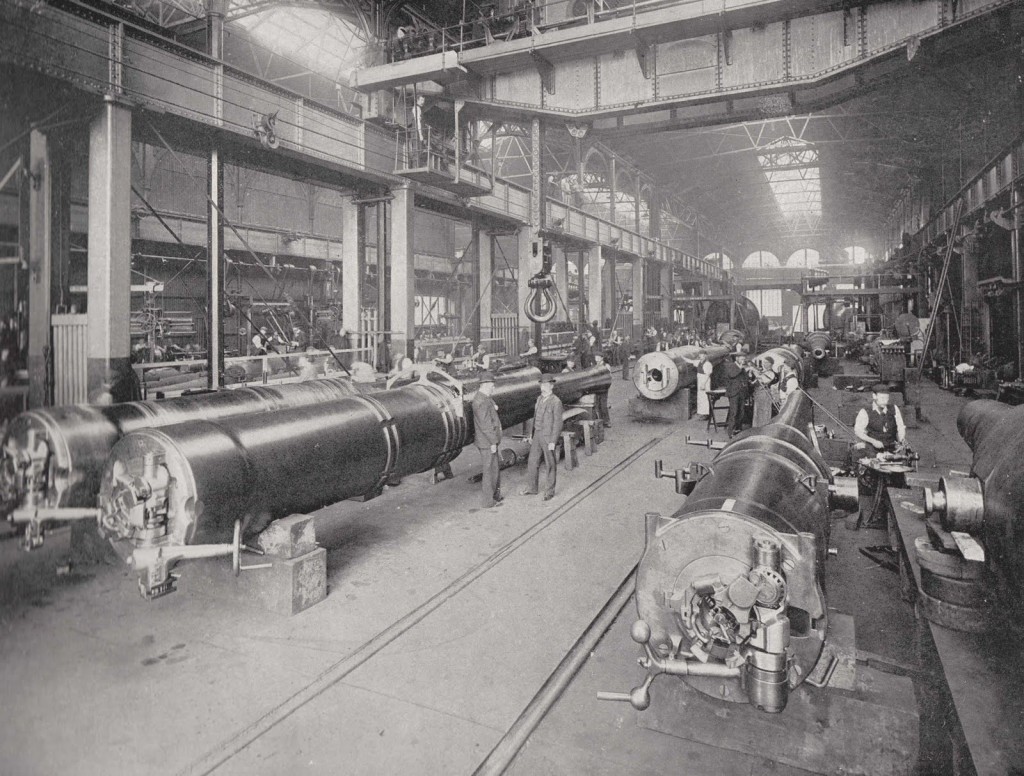
Woolwich Arsenal – only Woolwich mattered to those concerned with tanks and it had very little to offer. By 1933, it had a payroll of 7,000 (as against 65,000 in 1918) and most of those were working on orders for the British Admiralty
Though the British Army now had a new tank (and would develop more), there was no coherent attempt to digest the lessons of the Great War. Many ideas were bandied about on paper regarding the future shape of war but there was an air of unreality about them. Two schools of thought contended, one of them insisting that wholly armoured formations were the shape of things to come, the other that a judicious mixture of all-arms would be more likely to prevail. The oddest circumstance is that nobody seems to have given any thought to the ways in which tanks might be killed.
This may have been comprehensible during the early years after WW1 when only the Allies possessed such a weapon, but even later on and closer to the outbreak of WW2, the necessity for anti-tank guns was still dismissed. The makeshift mines of 1918 had been surprisingly effective, but no mines were made by Britain, nor were there designs for any. Even the feeble 2 and 3-pdrs were begrudged the Tank Corps. Tanks existed to shoot up the enemy infantry and for that the machinegun would do perfectly well. Tank-smashing could safely be left to the 18-pdr field gun, even thought it was pulled by horses and still ran on iron-rimmed wheels. The Royal Air Force, a separate race of men, had no interest in the matter.
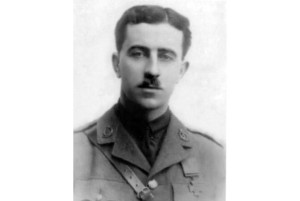
Colonel Phillip Neame, a Staff College Instructor between 1921 and 1923 tried to introduce tanks and armoured warfare into the curriculum.
However, despite the Tank enthusiasts, the British Army in the aftermath of WW1 had lost interest. The Cavalry Generals (and there were many of them) denied recent experience and continued to extol the power of the well-bred horse. Their one aim seemed to be to get the Army back to the lost standards of 1914, albeit with a few more guns and machineguns. Colonel Phillip Neame, a Staff College Instructor between 1921 and 1923 tried to introduce tanks and armoured warfare into the curriculum. Nobody listened. In 1924 at Aldershot he tried to introduce them into a large-scale exercise and was brusquely told by his Divisional Commander to stop it. But in 1925 came a new Dawn. It proved to be false, but for a brief period hope shone brightly for the armoured warfare advocates.
General Sir Noel Birch was both the Army’s top gunner and a famous horseman – he was also one of the few senior officers who looked more than a week or two ahead. In 1925, Birch was Master-General of the Ordnance and in a position of power. He promptly ordered the construction of a self-propelled artillery weapon made up from the chassis of a Vickers Medium tank and an 18-pdr field gun mounted on a platform. It was an excellent piece of equipment, better even than the gun-carrying tank of 1916 that had never been used. However, the Artillery would kill the Birch gun and forever after looked distrustfully on the designer. Birch left the Army shortly afterwards and became a director at Vickers.
All the same, the world was slowly becoming more tank-minded. In 1928, the Soviet Union came out with a new Five Year Plan in which, for the first time, tanks were given a place of prominence. The French Army was working on designs which would become the Souma and the Char B. But in the late 1920’s, the Great Depression was about to start, the British Army’s Experimental Armoured Force was disbanded and life in Aldershot returned to something approximating the pre-war era. Kipling’s “The Army of a Dream” had come again.
 Copyright secured by Digiprove © 2014 Alternative Finland
Copyright secured by Digiprove © 2014 Alternative Finland


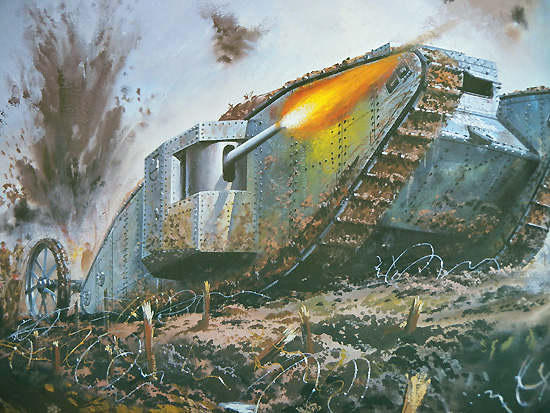
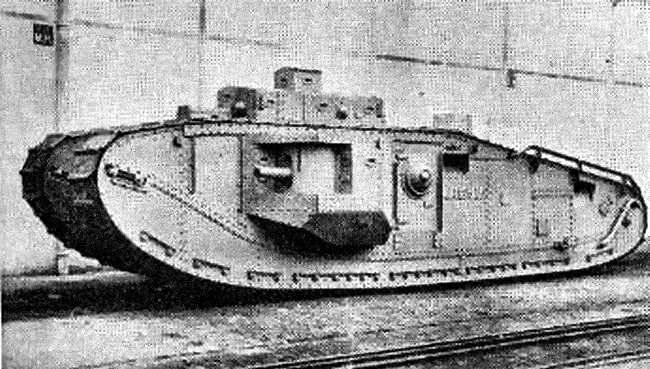
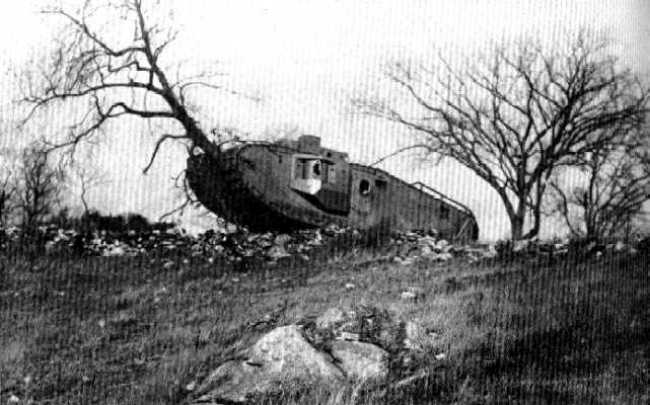
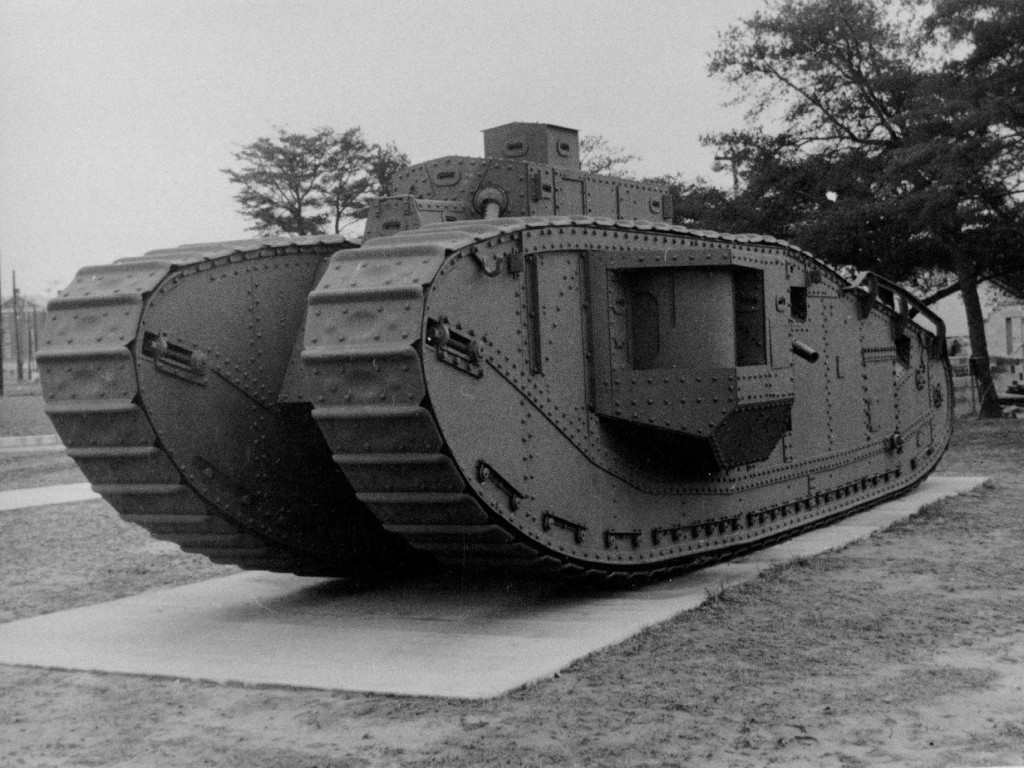
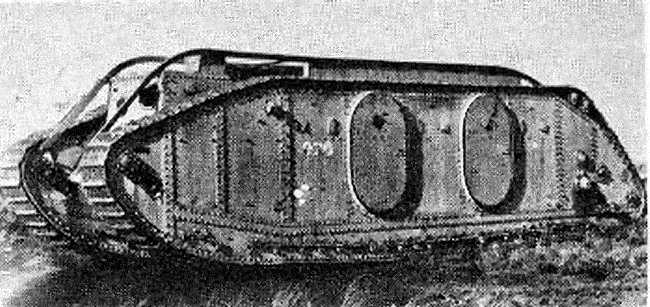
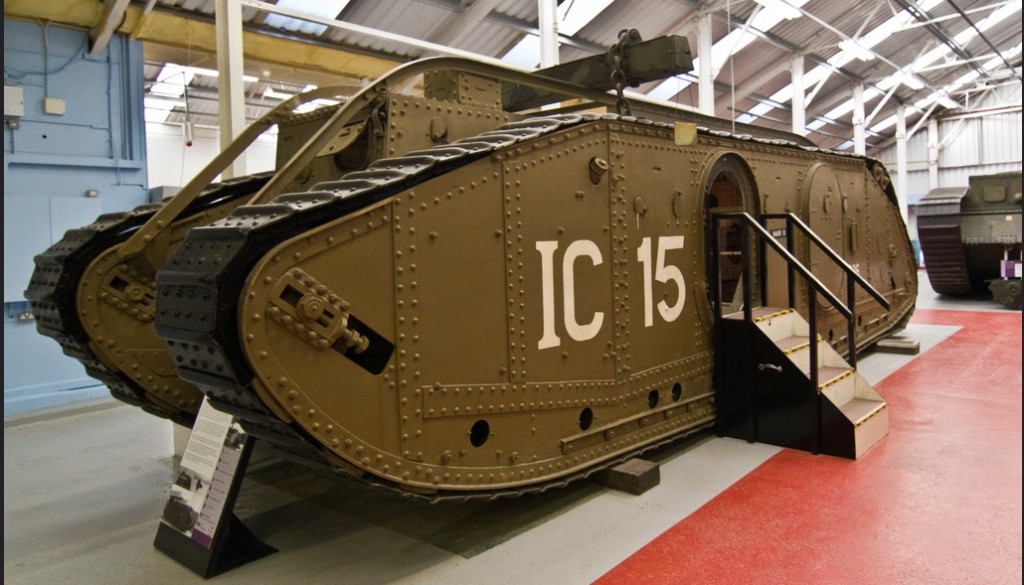
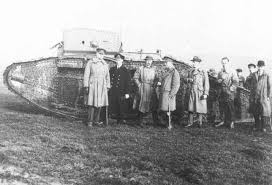
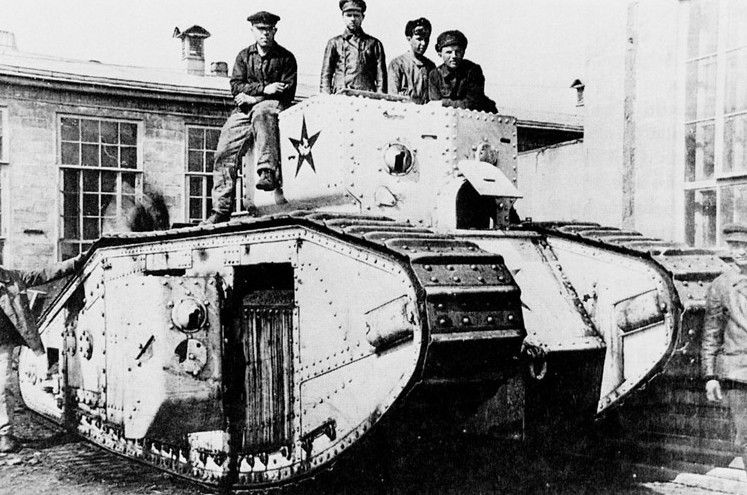

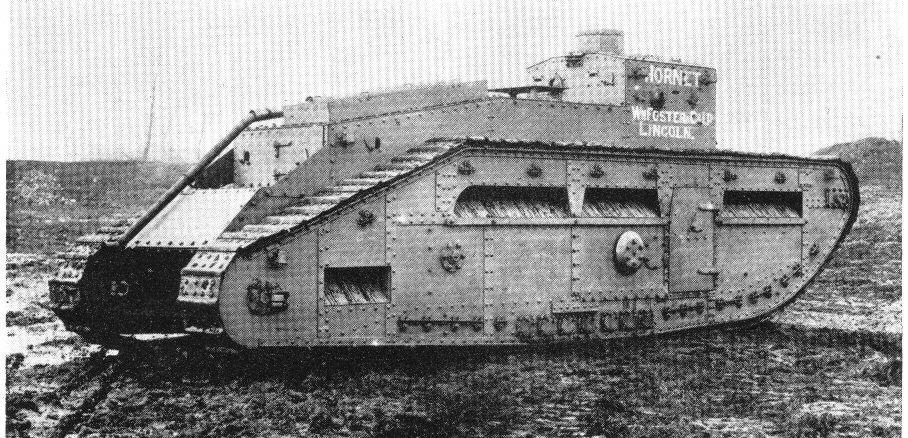
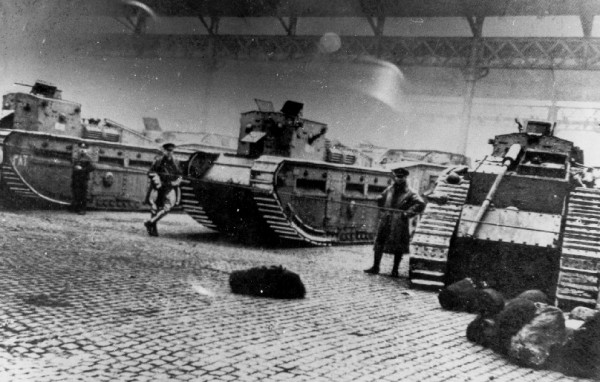
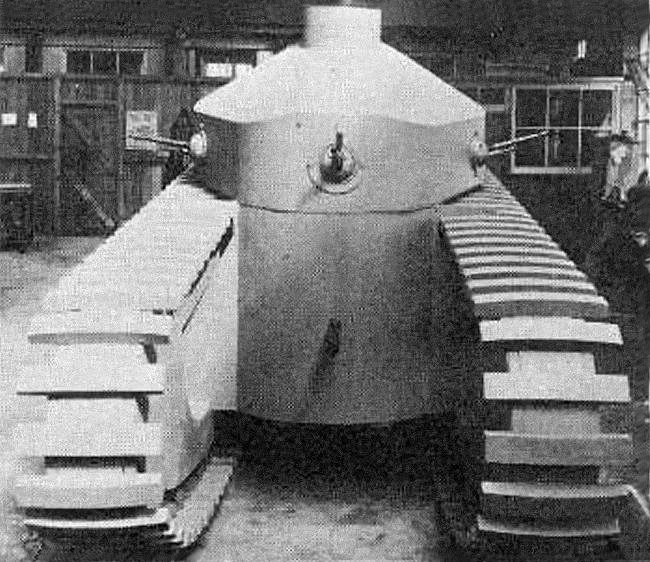
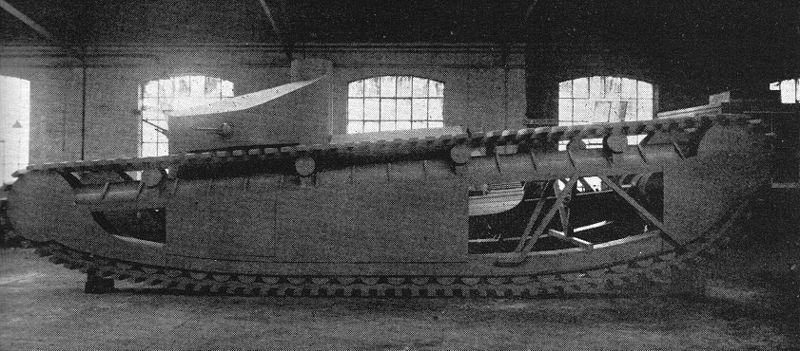
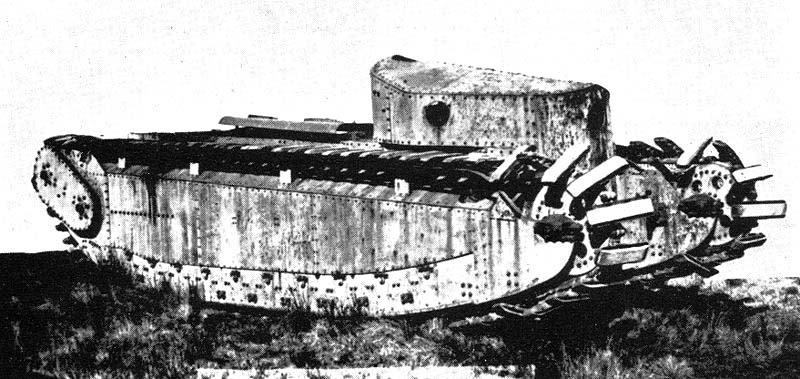
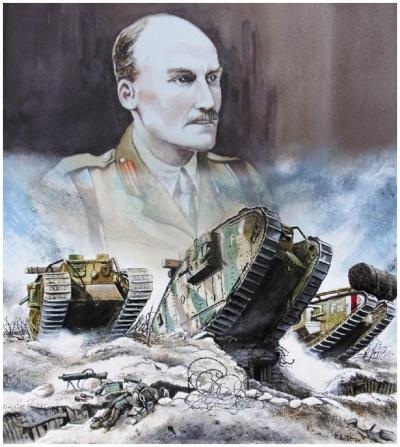
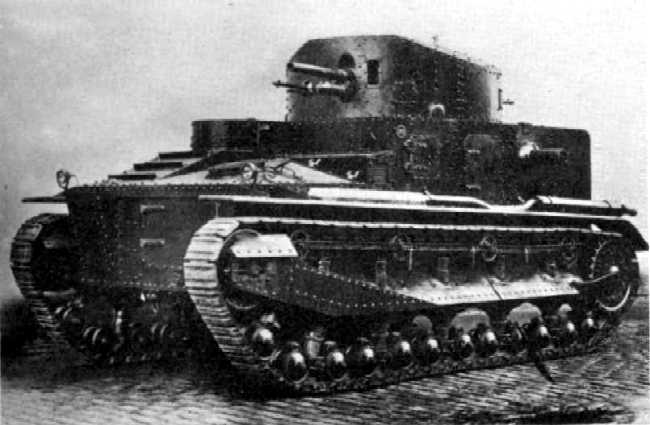
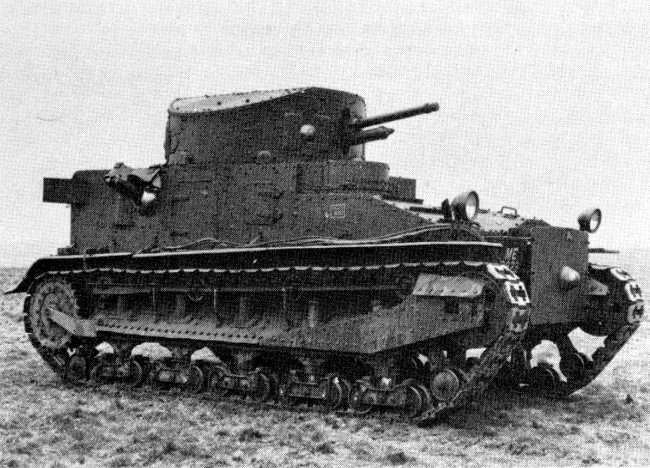
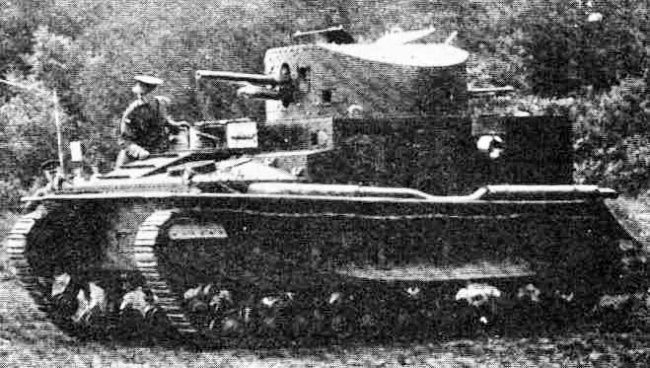
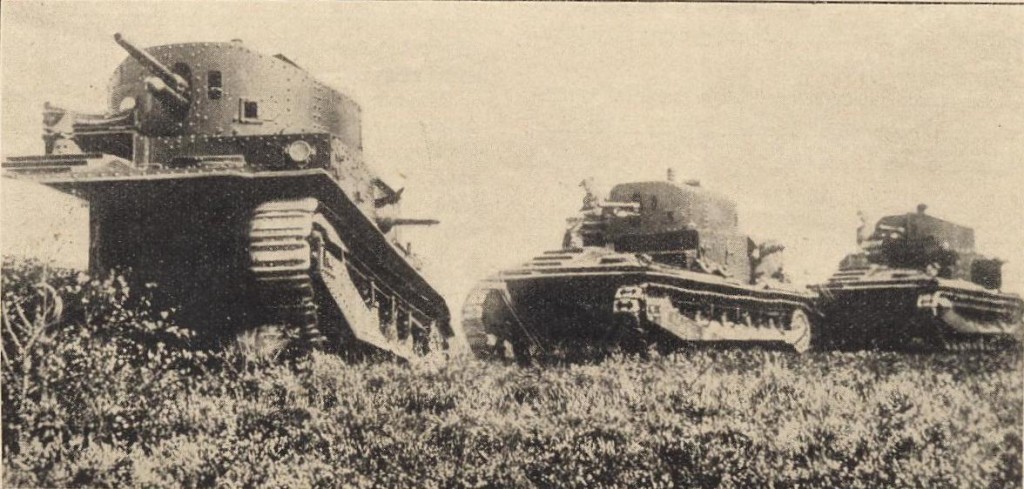
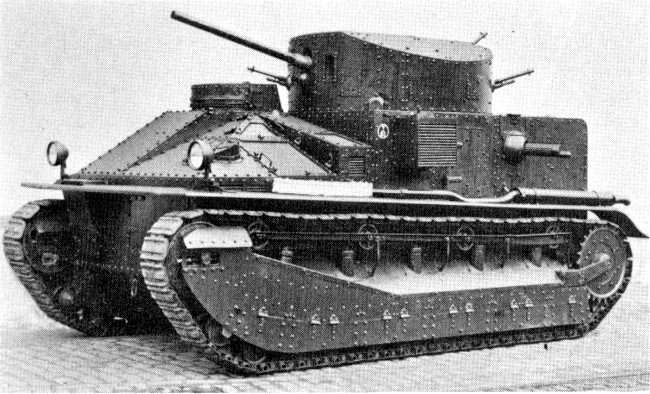
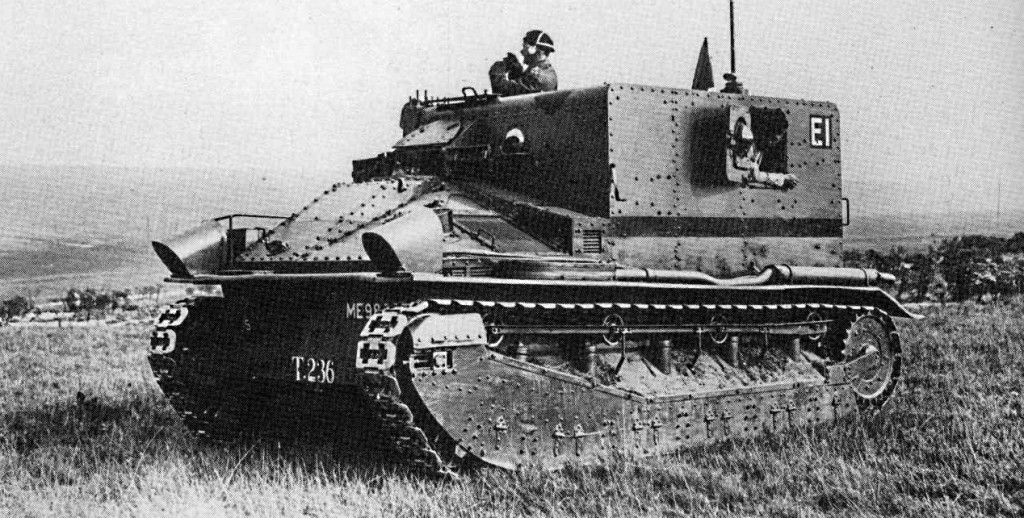
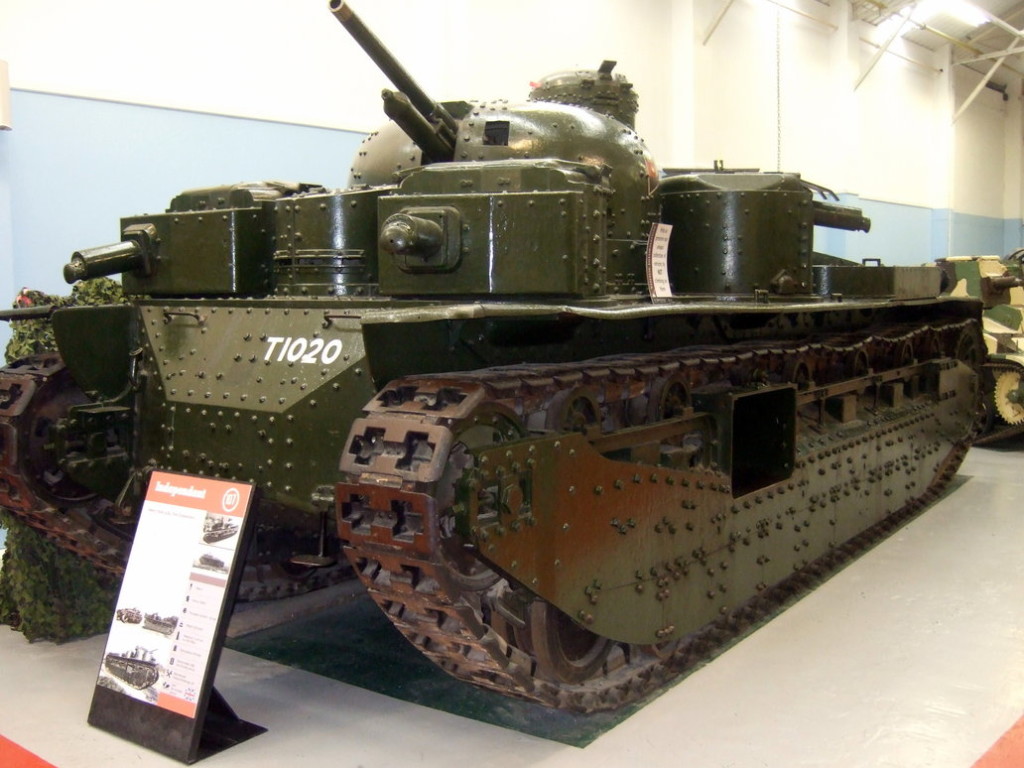
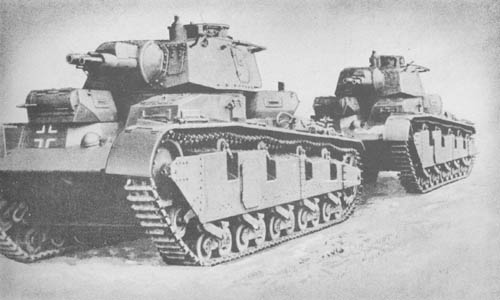
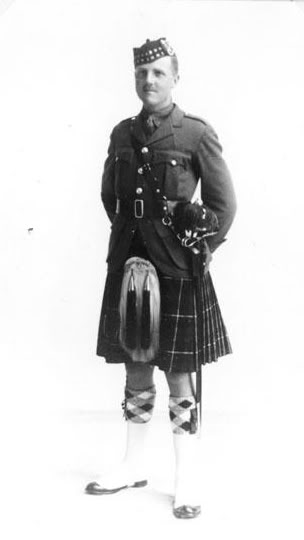
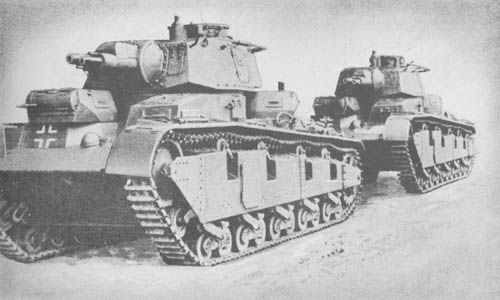
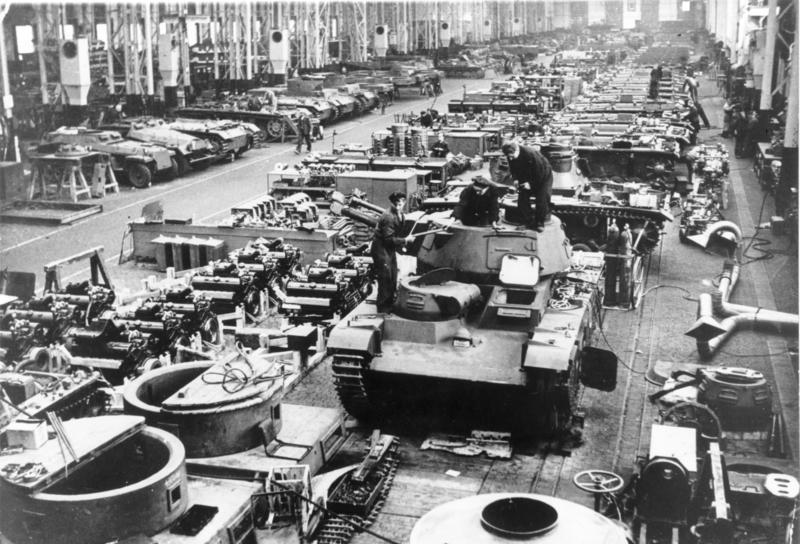
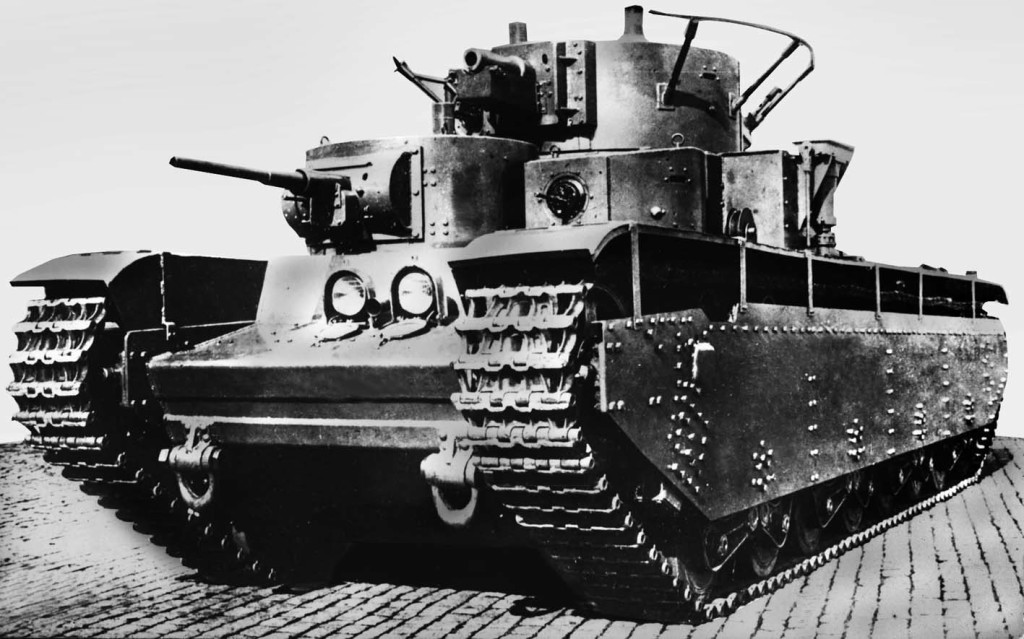
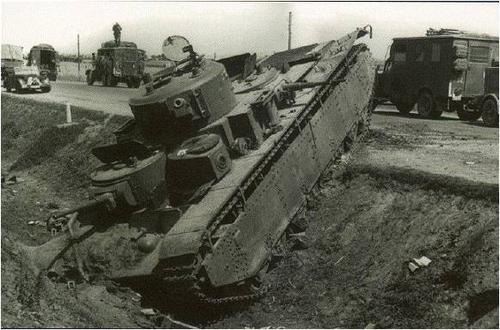
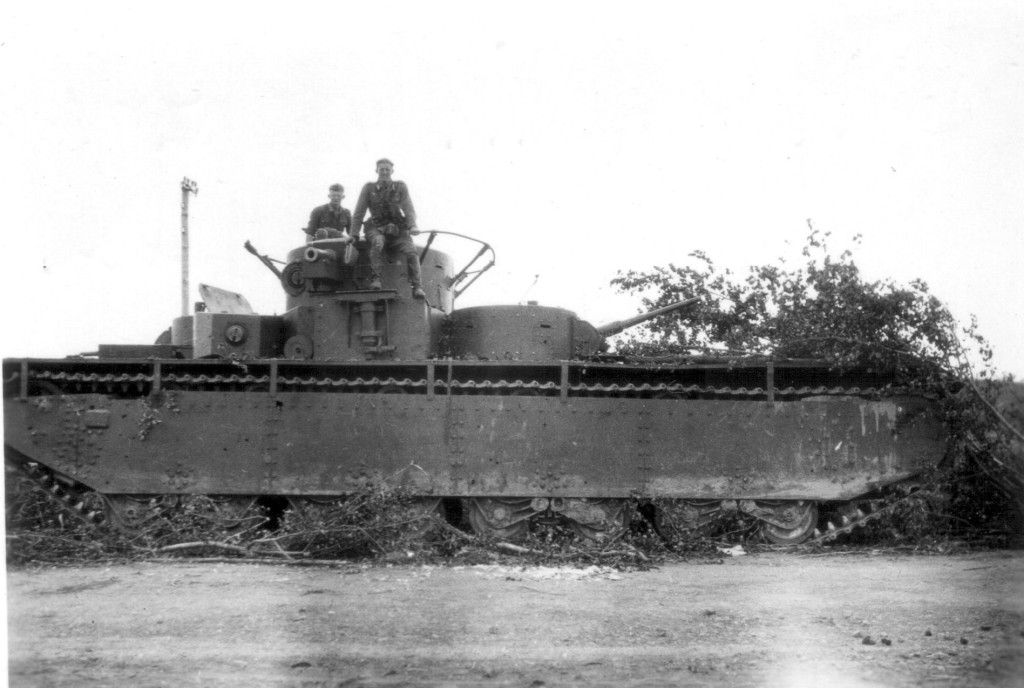
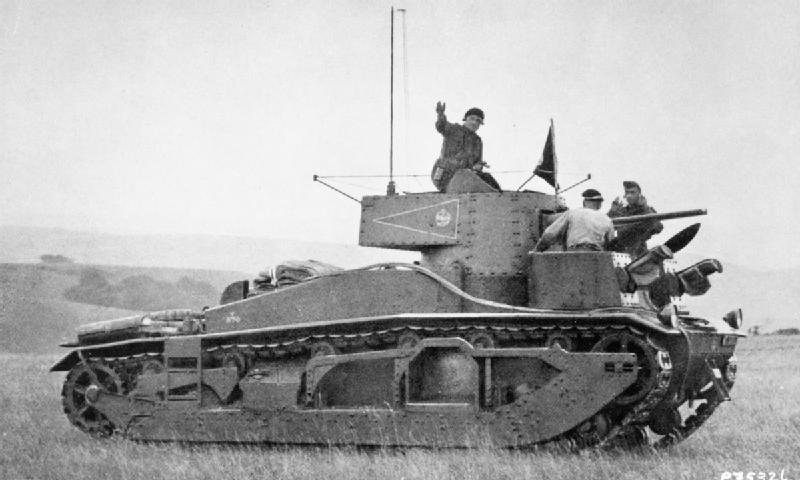
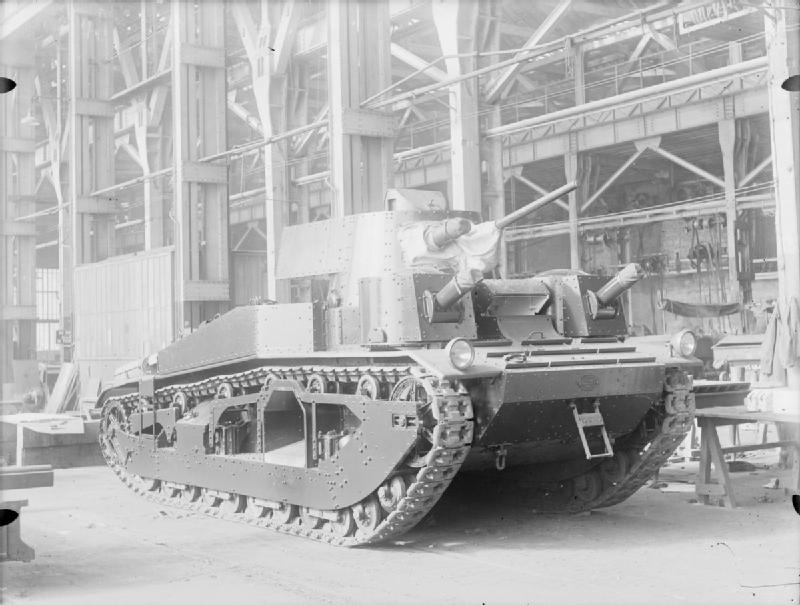
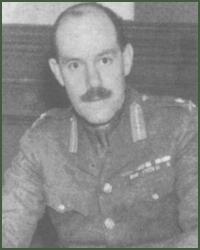
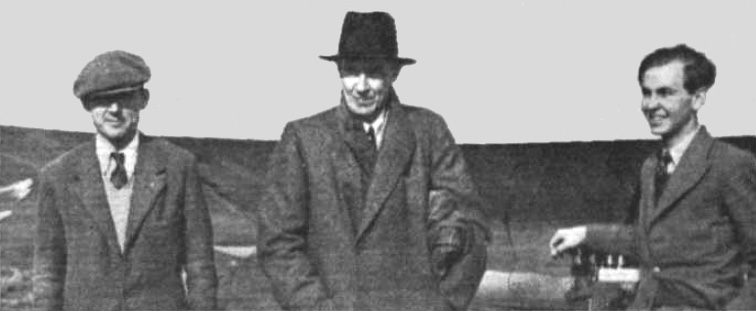
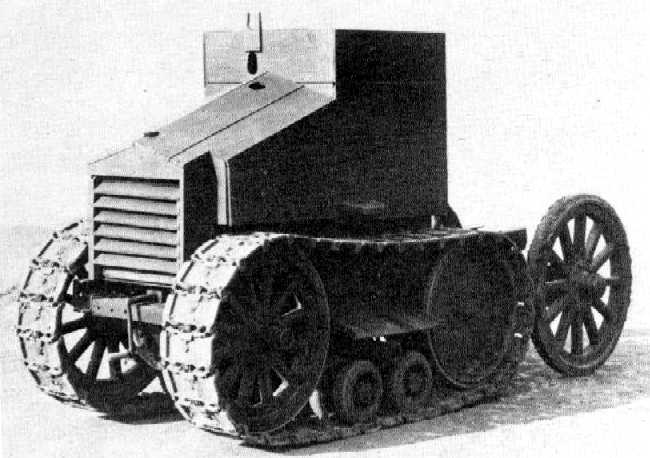
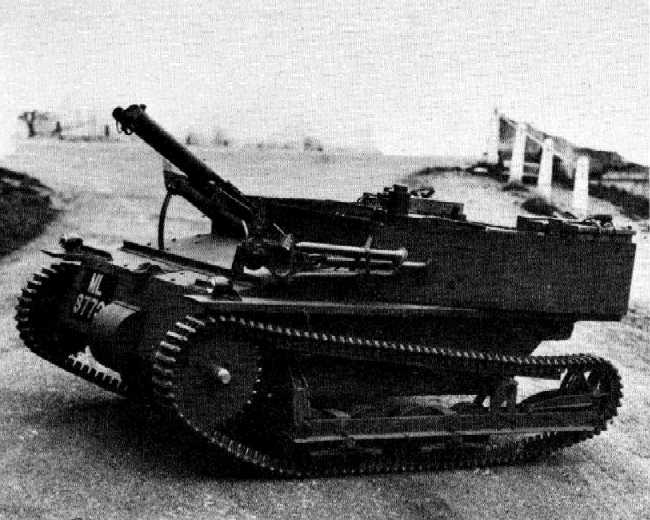
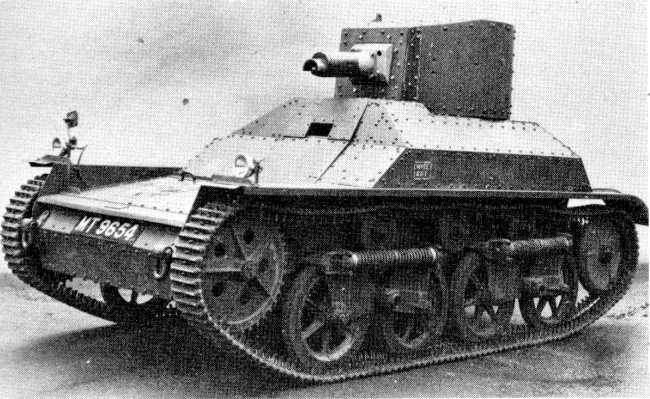
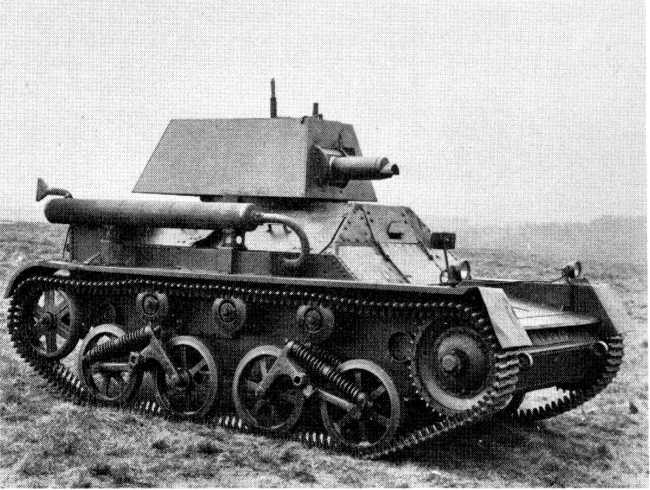
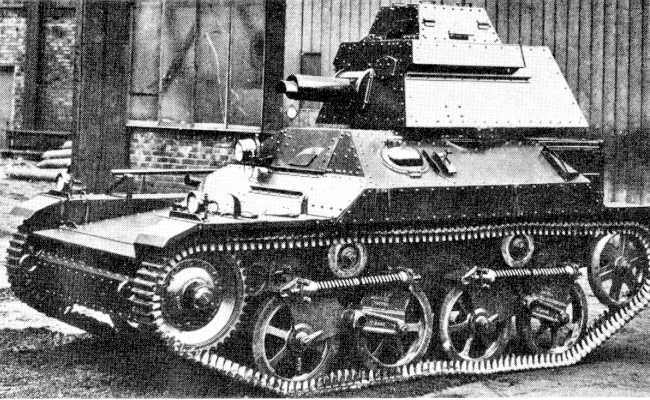
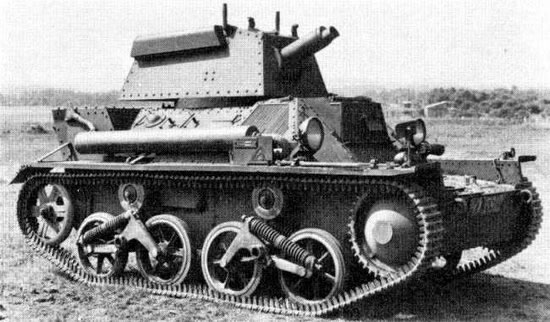
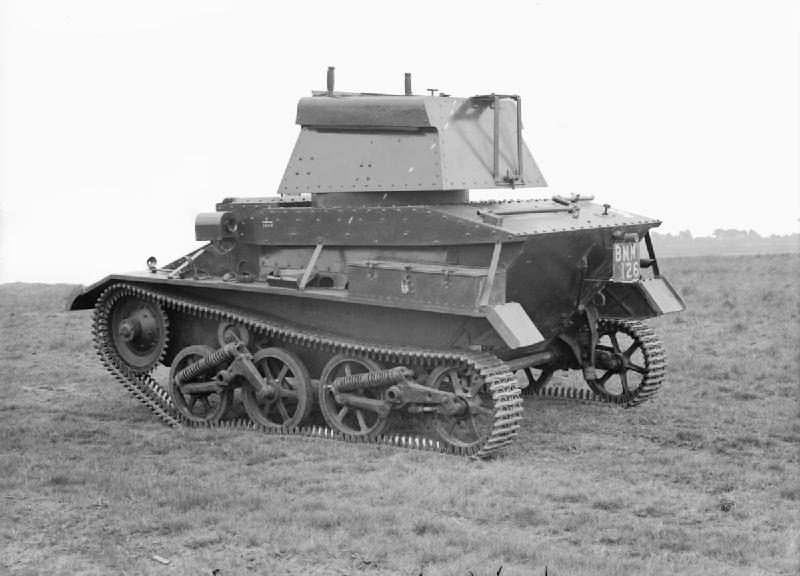
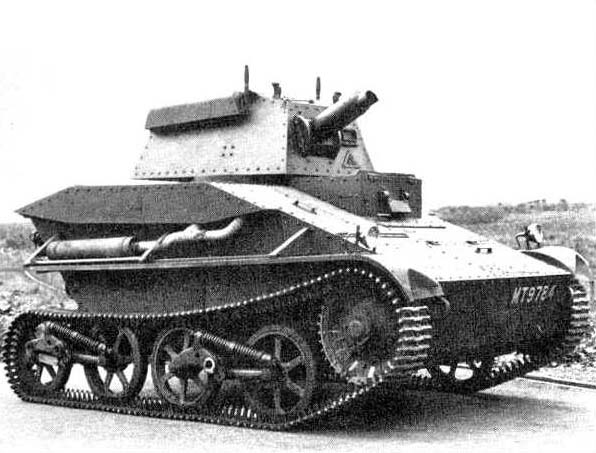
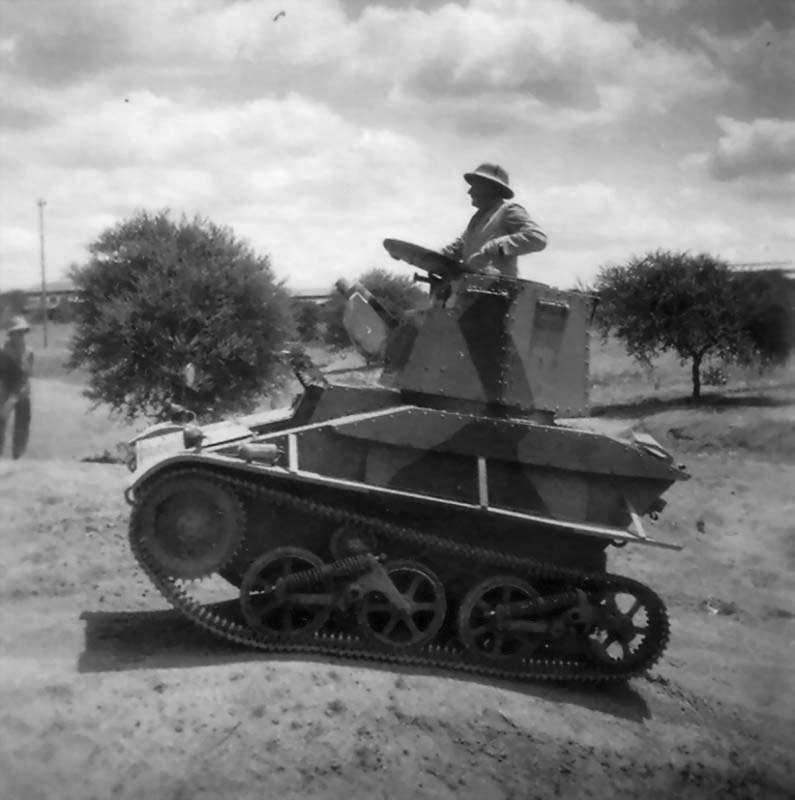
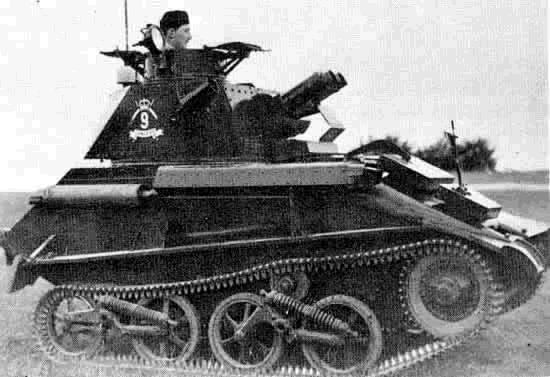
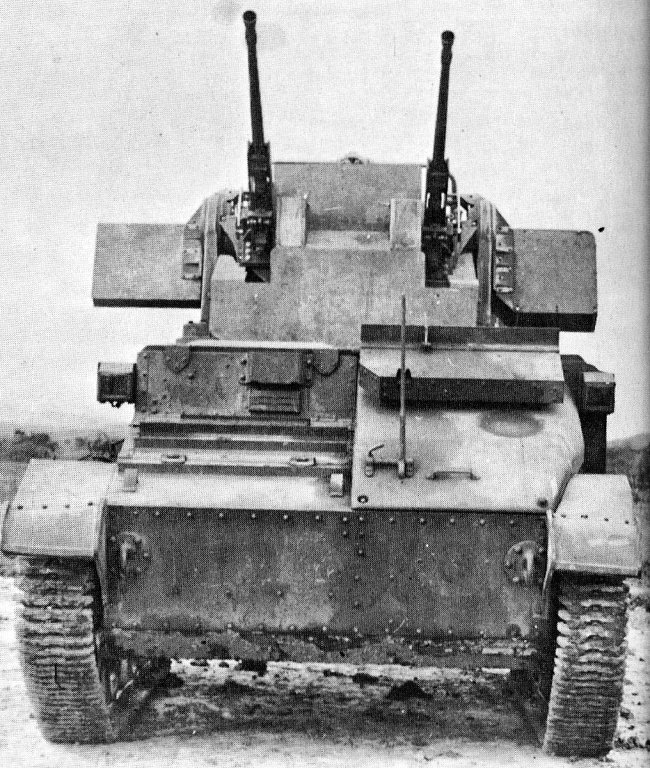
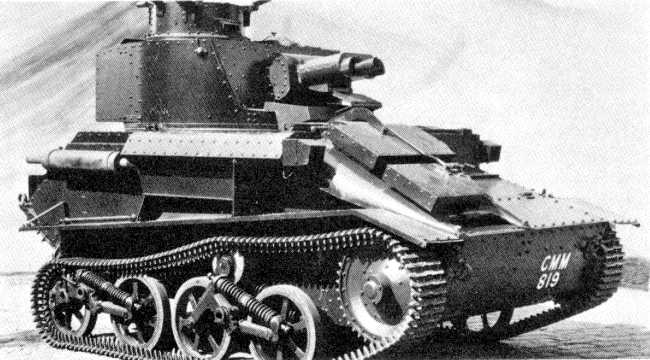
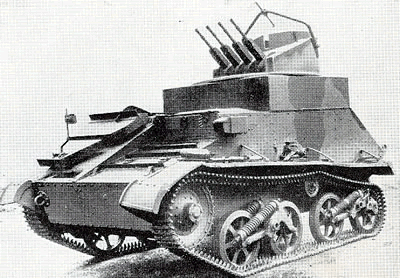
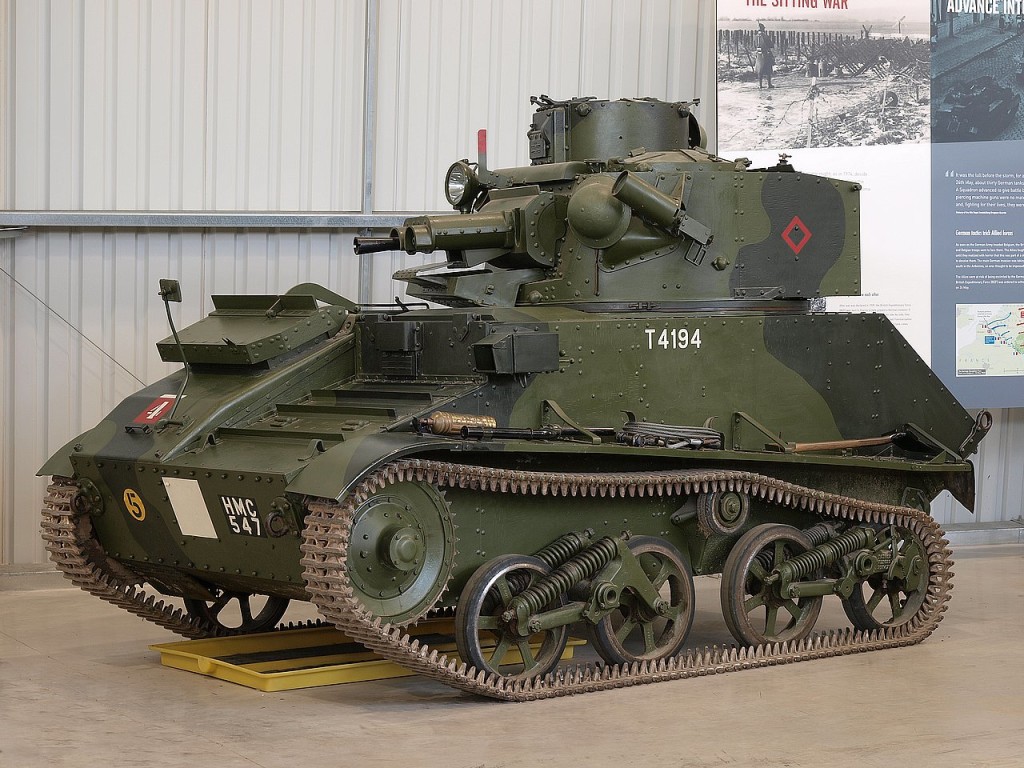
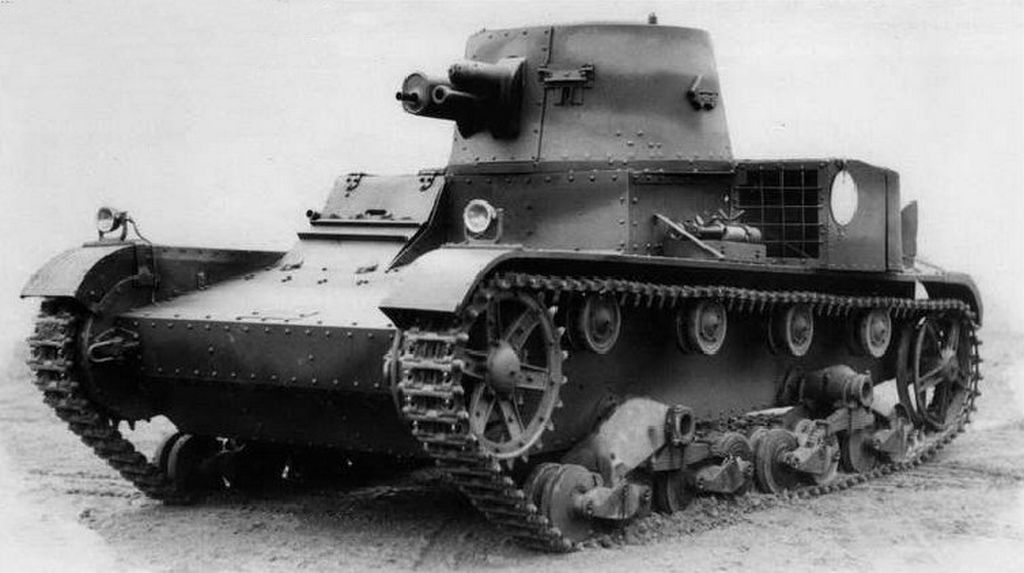
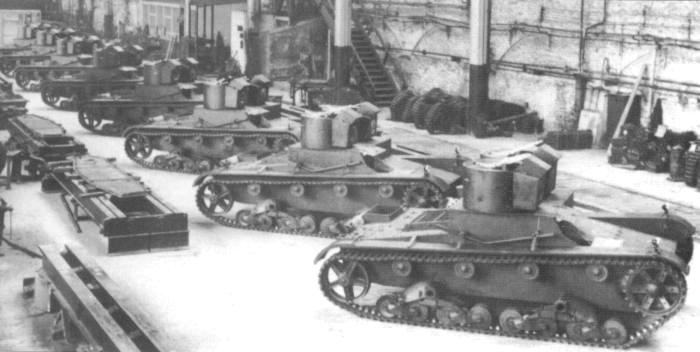
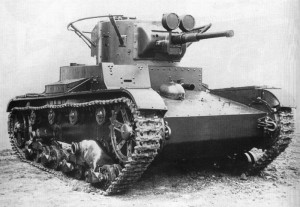
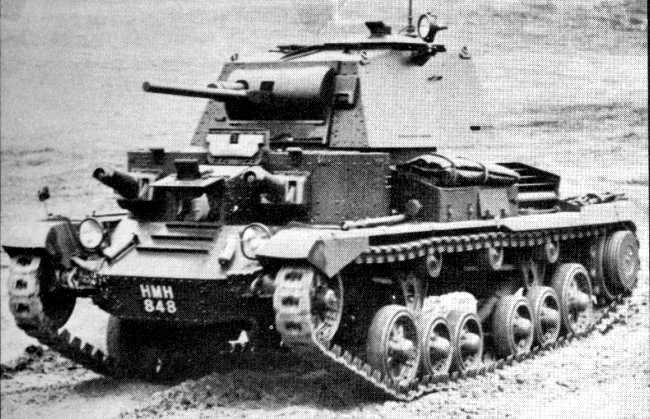
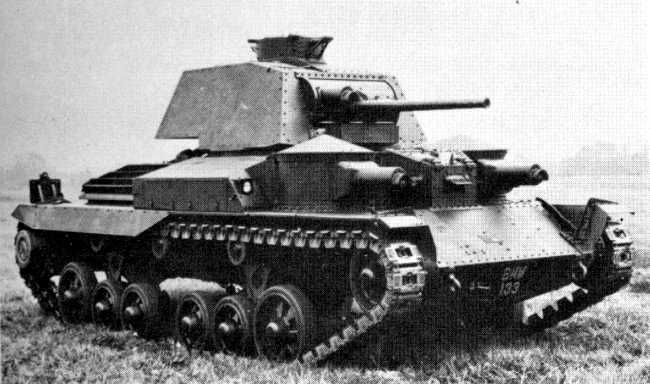
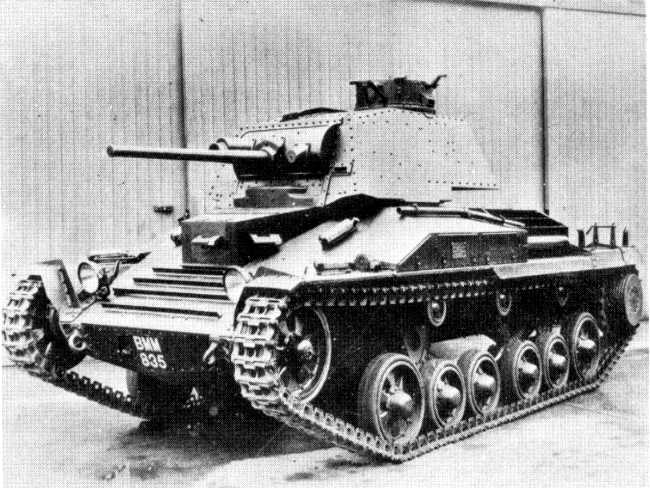
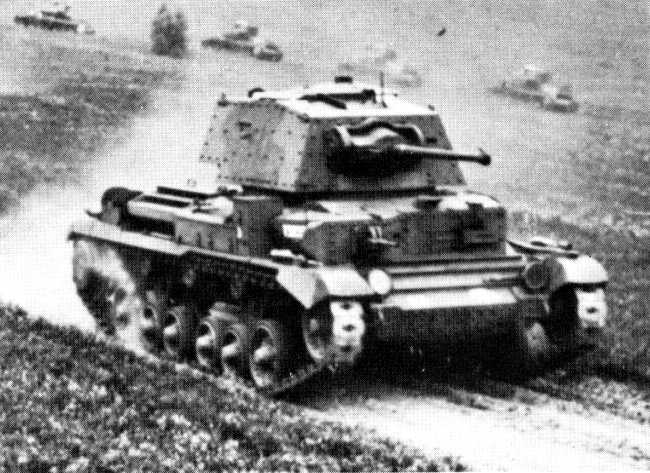
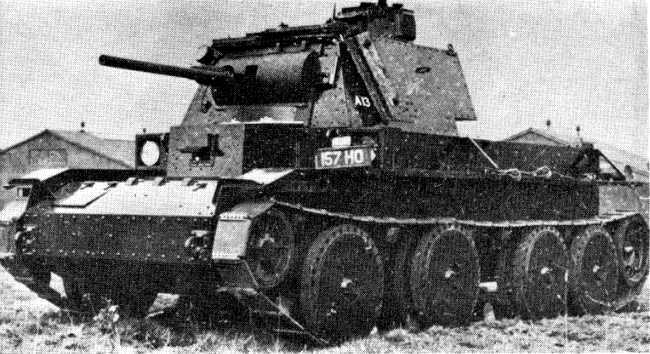
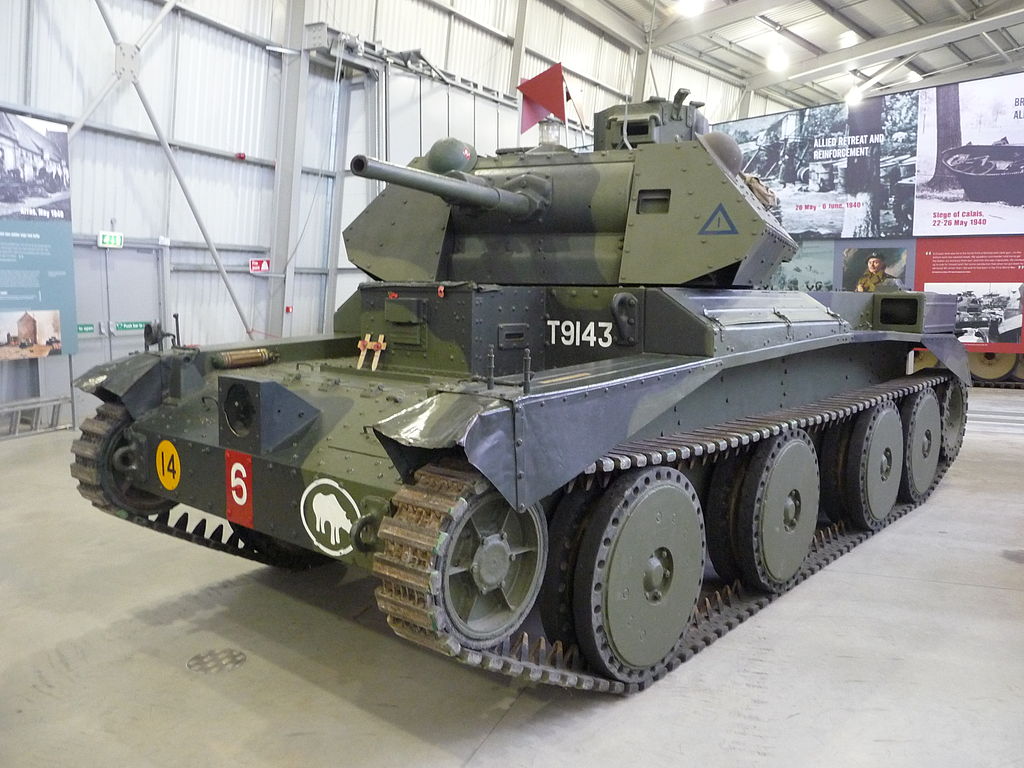
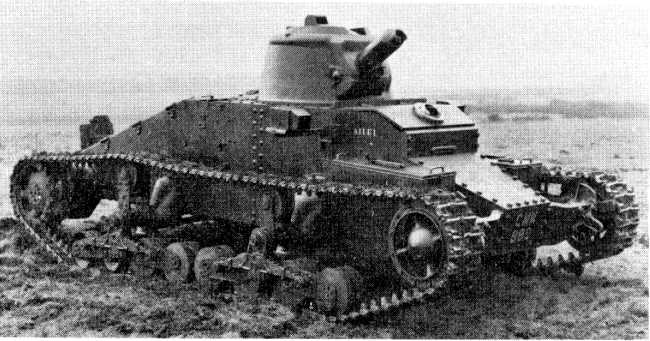
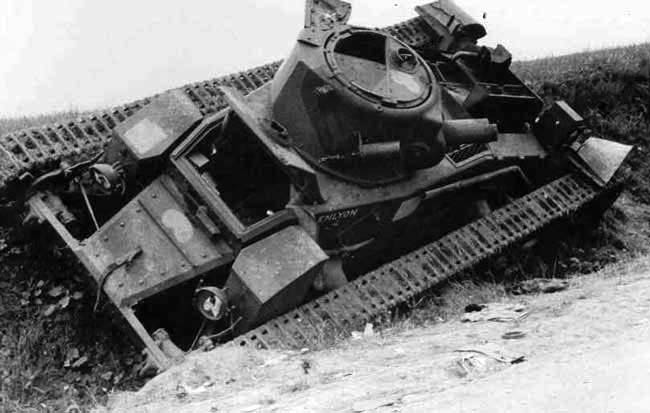
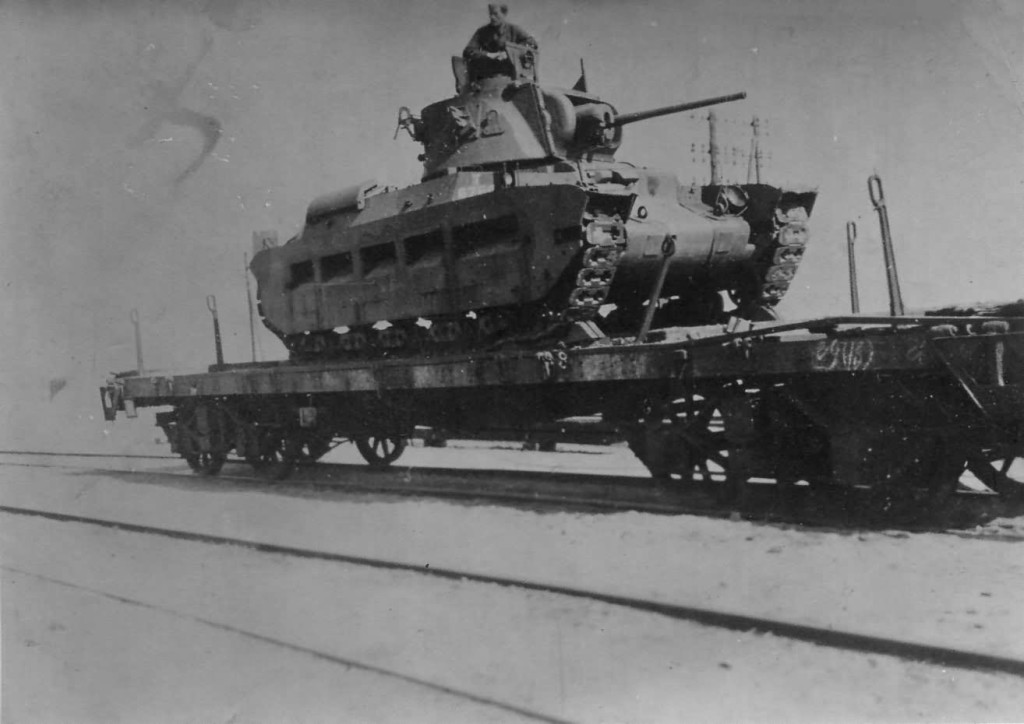
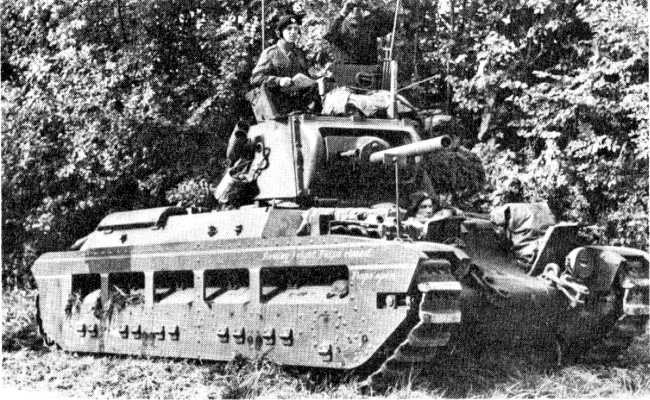
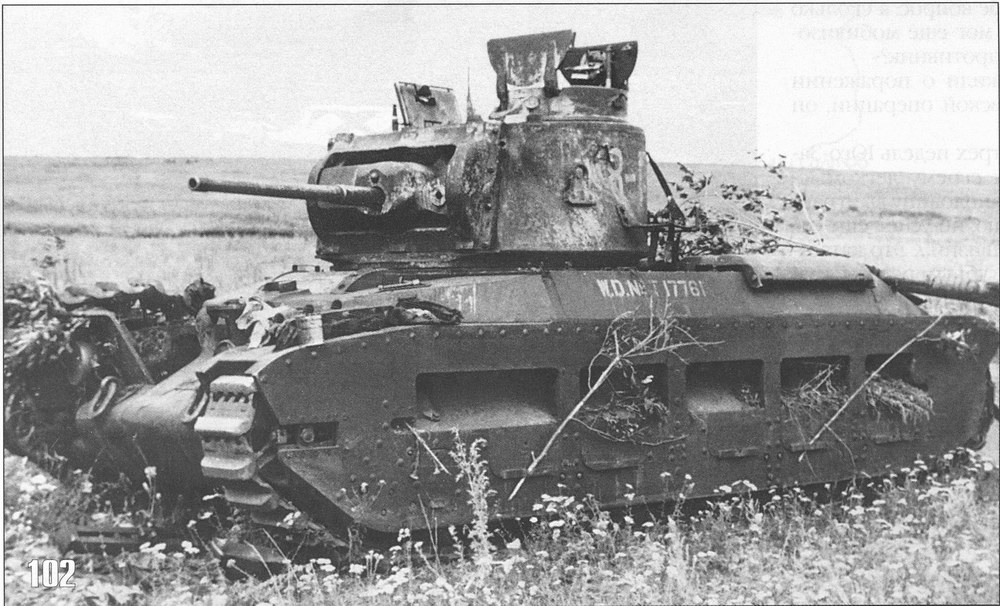
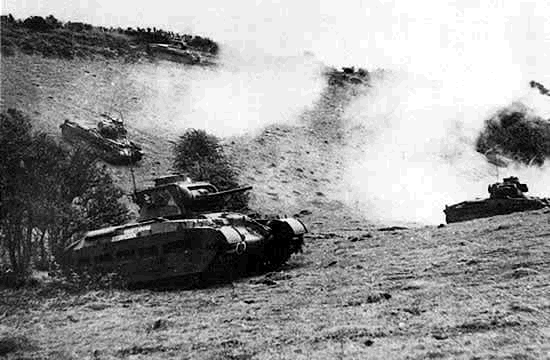
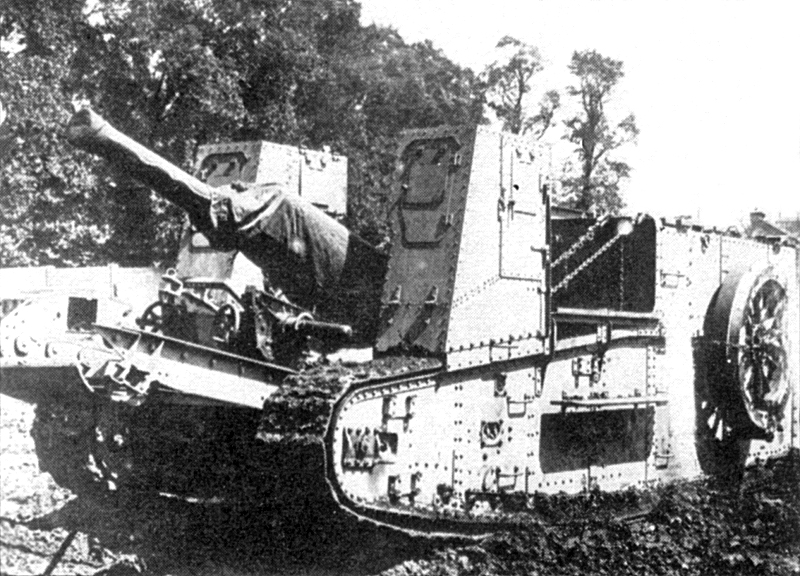
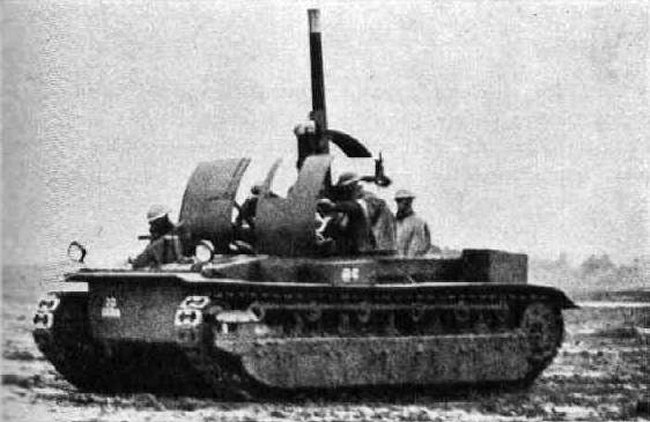
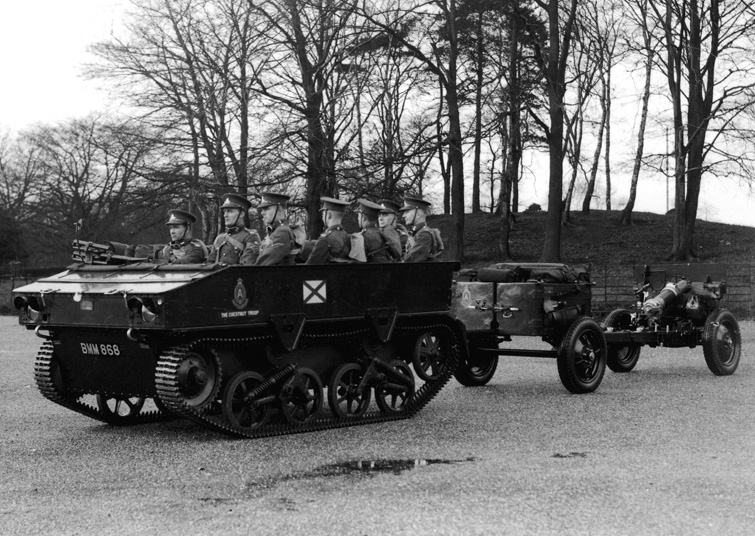
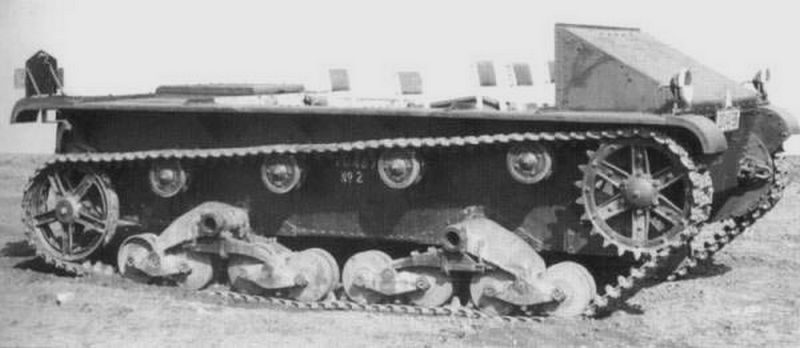
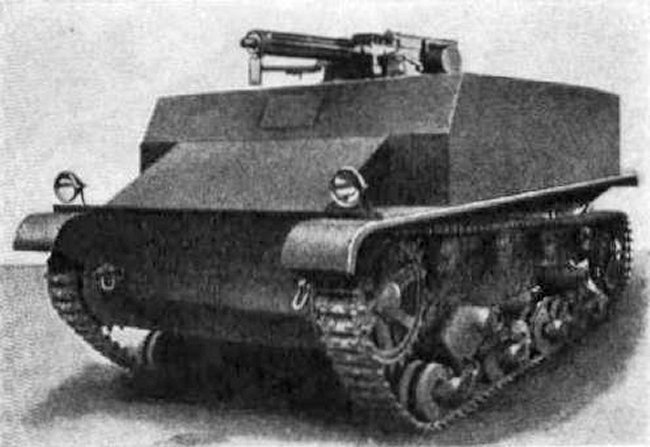
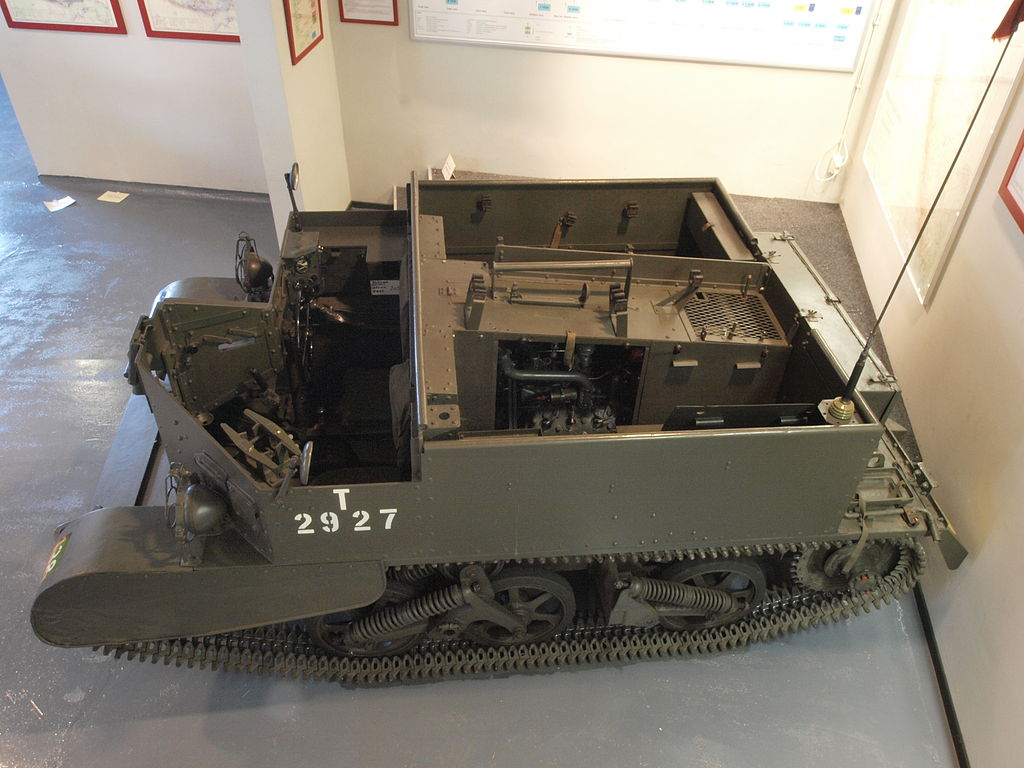
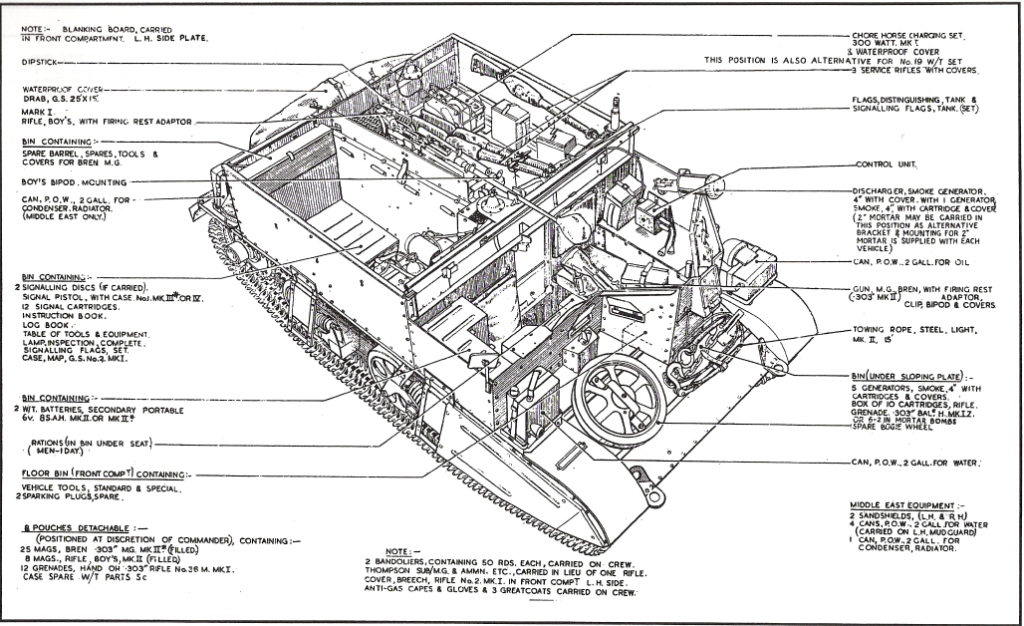
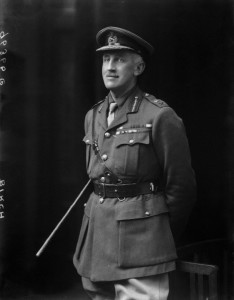
Pingback: Ultimate Great War - SKYMODS